
Projects
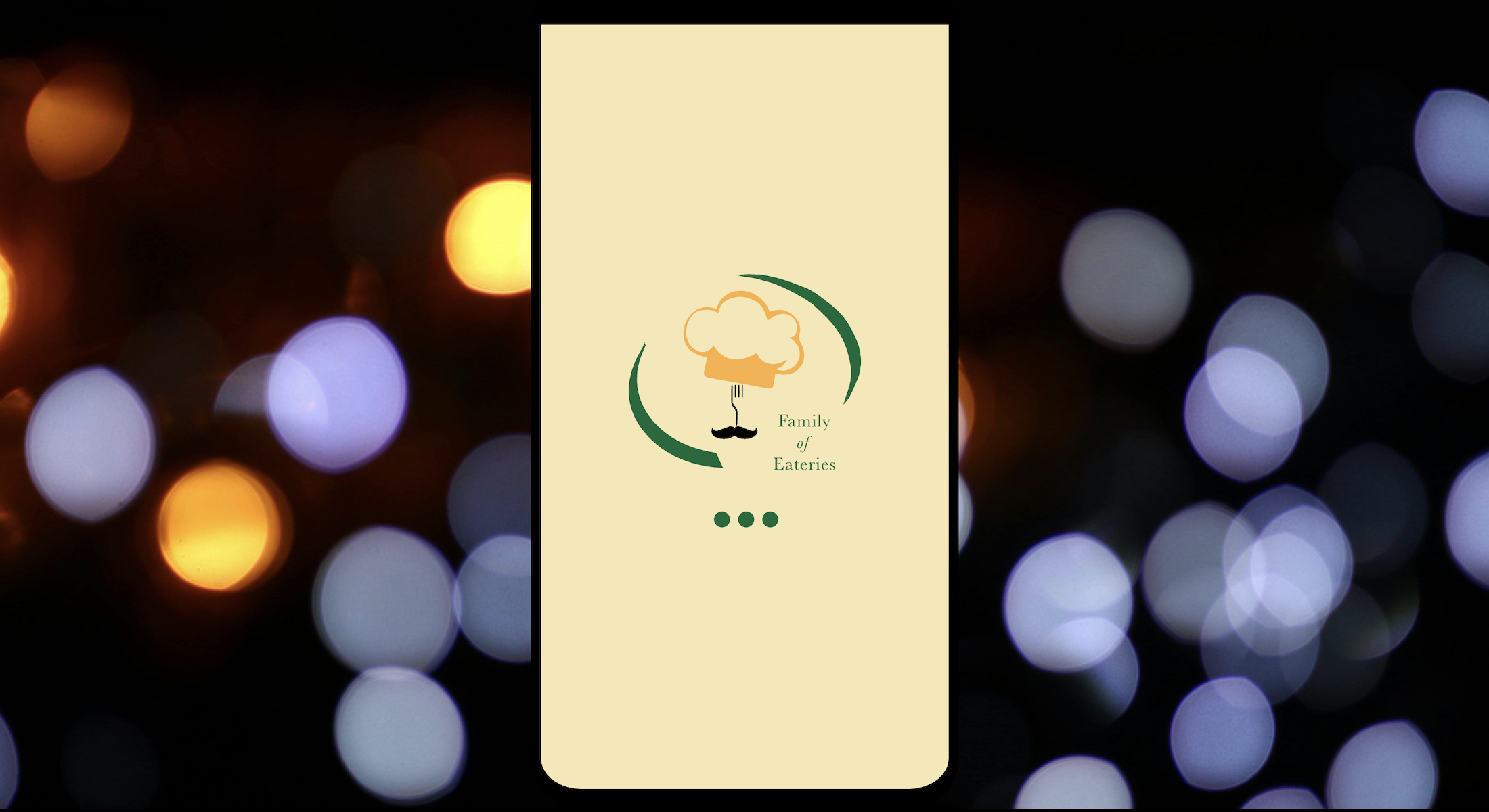
Mobile Application
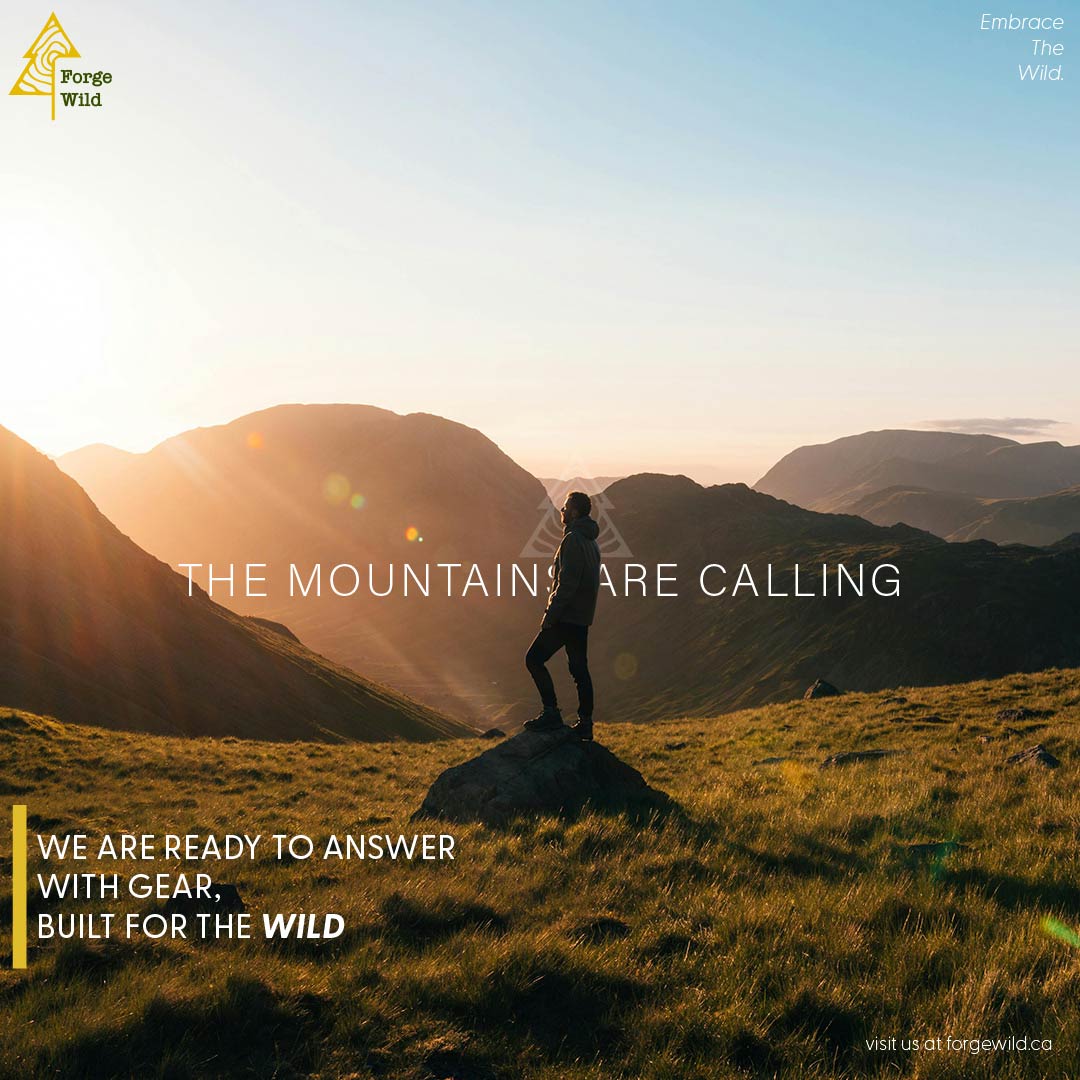
Brand Book
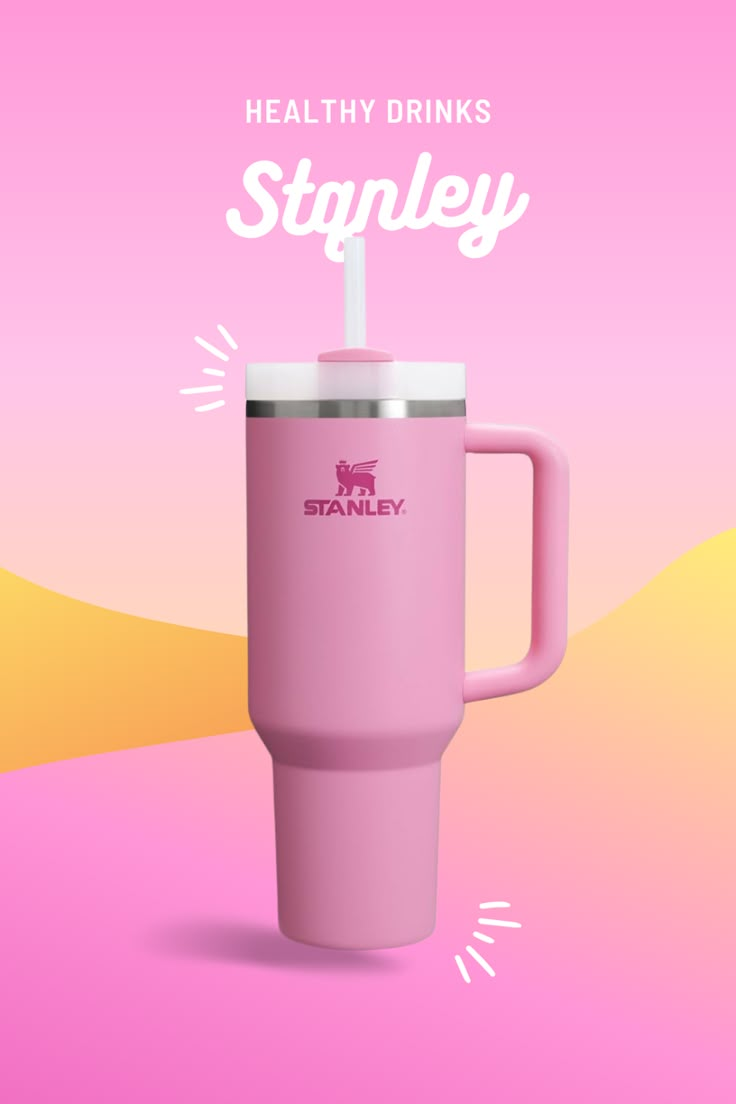
Product Demo Video

Website Prototype
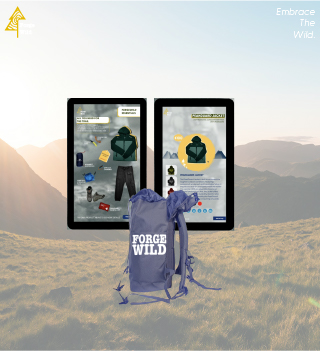
Rotating app and Dual Touchscreen app
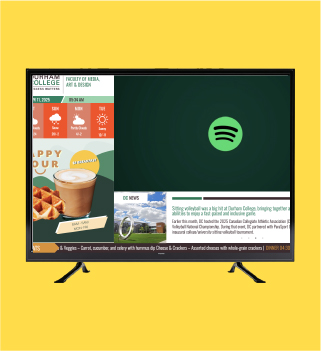
Ticker Tape, Weather, Time
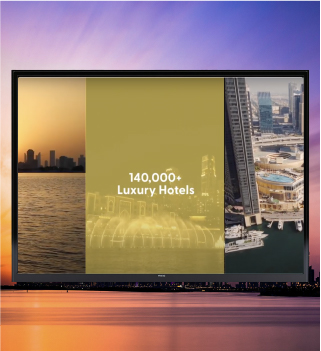
Dubai- The land of Gold
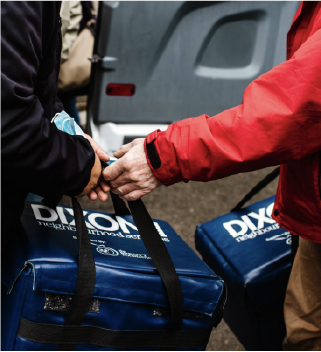
Dixon Hall
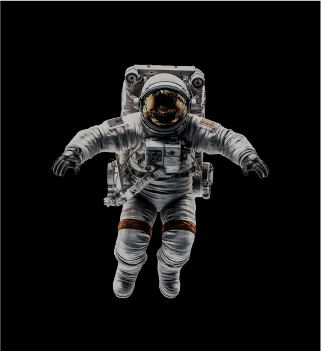
Product, Lifestyle, Still etc.
About Me
Hello! I’m Valore, a 20-year-old web designer and developer based in Toronto, crafting digital experiences that are as intuitive as they are visually striking. With a deep love for design, storytelling, and motion, I bring creativity and care into every project I take on. Outside the screen, I’m an aspiring actor—drawn to expression in all its forms, whether through code, camera, or character. I believe in making things that connect, resonate, and leave a mark.


Welcome to my Portfolio Website. My name is Valore, and I specialize in photography, videography, and graphic design, weaving visual stories that captivate and inspire. With a strong foundation in web design—proficient in HTML5, CSS, and JavaScript—I craft dynamic, user-friendly websites that blend creativity with functionality. My love for motion graphics pushes the boundaries of digital experiences, adding fluidity and depth to every project. Explore my portfolio and witness my passion for creating amazing things come to life!

Contact Me
GET IN TOUCH
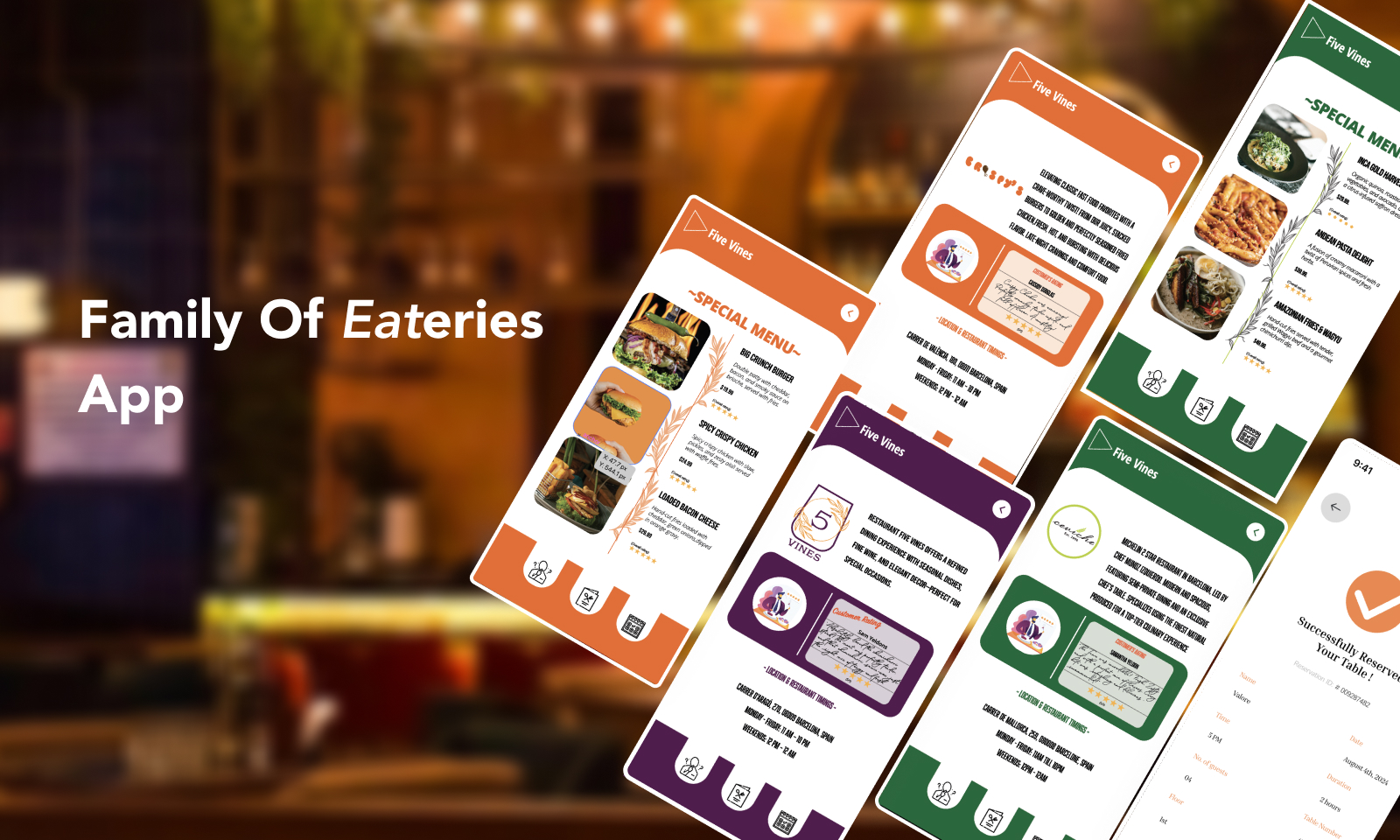
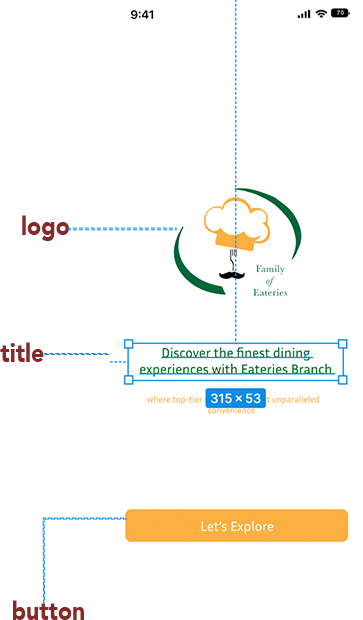

This project involved crafting an intuitive platform for browsing and booking dining experiences at three distinct restaurants, built with HTML, CSS, JavaScript, and jQuery. The app lets users easily explore restaurant options, view menus, place orders, and manage reservations—all within one interface. With a modern design approach, the app prioritizes smooth navigation, simple reservation handling, and direct communication with restaurants. The goal was to create a seamless and efficient solution that streamlines all user interactions—from browsing to booking—into one easy, enjoyable experience.
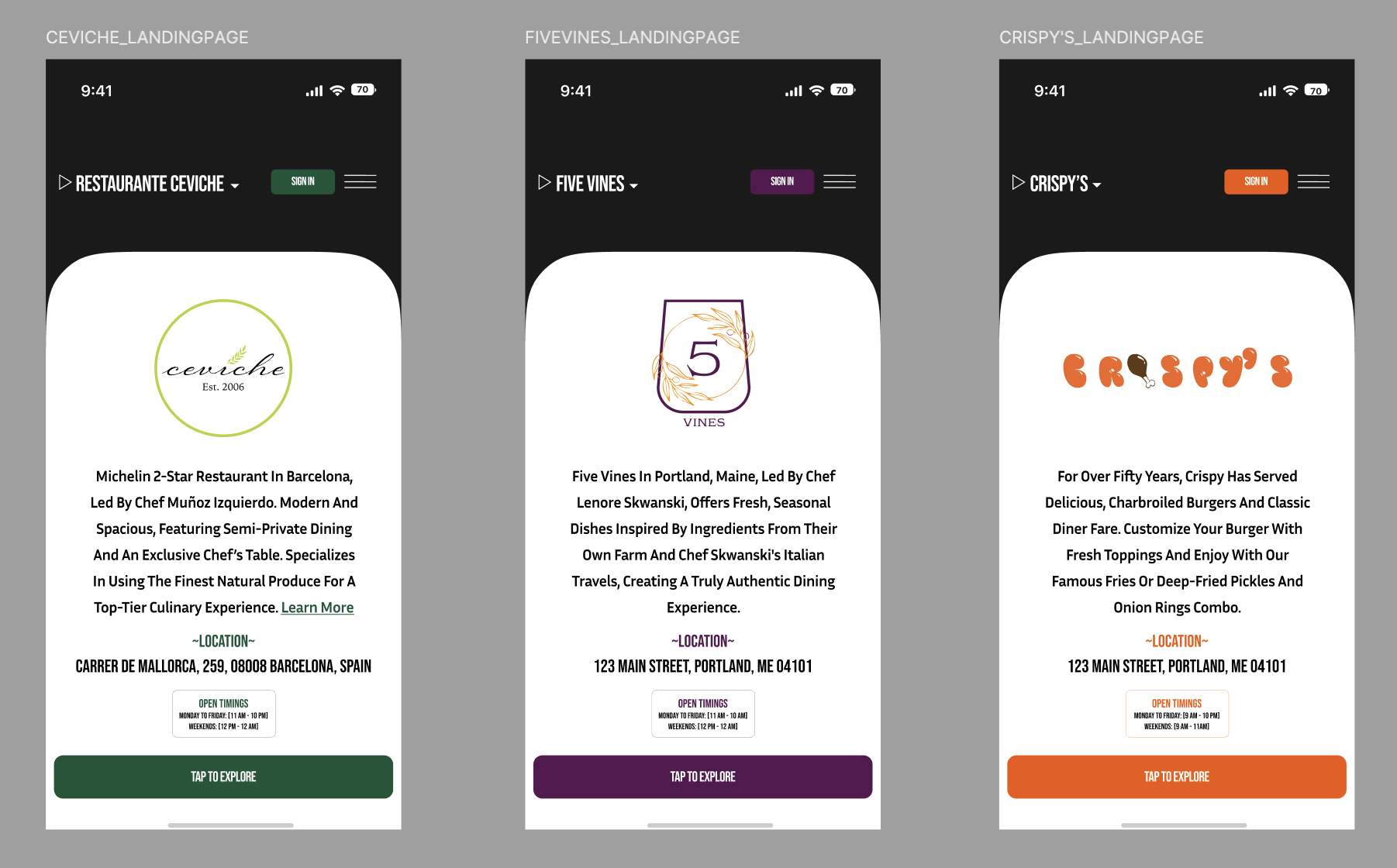
Deliverables
The deliverable for this project includes a fully functional web application for browsing and booking dining experiences, available as a hosted version or a packaged zip file. It also includes the complete source code repository (GitHub or downloadable zip), comprehensive project documentation covering setup instructions, a user guide, and a feature overview. Additionally, UI/UX design files (such as Figma or Adobe XD mockups) are provided, along with a demo video or presentation showcasing the app's key features and functionality.

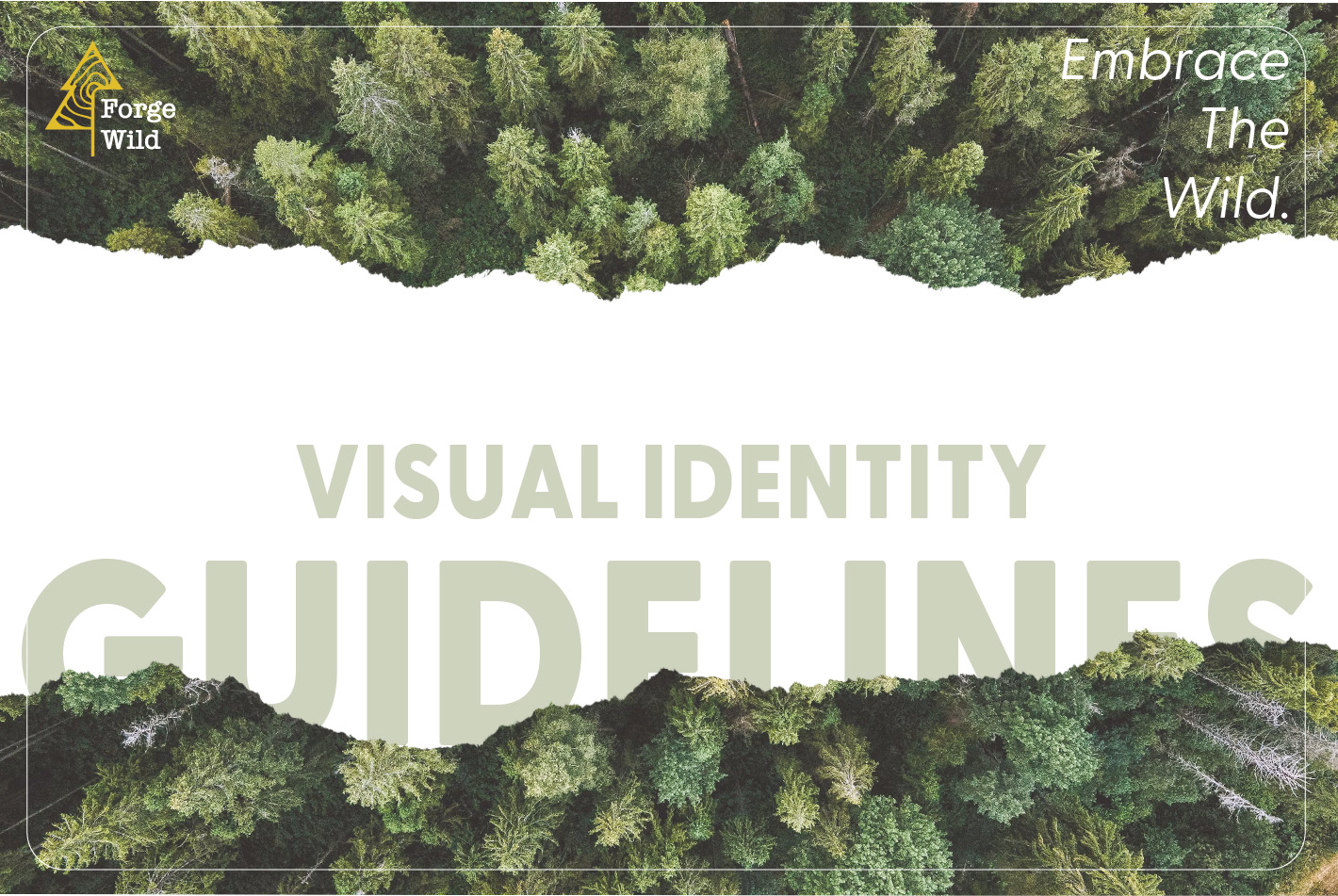
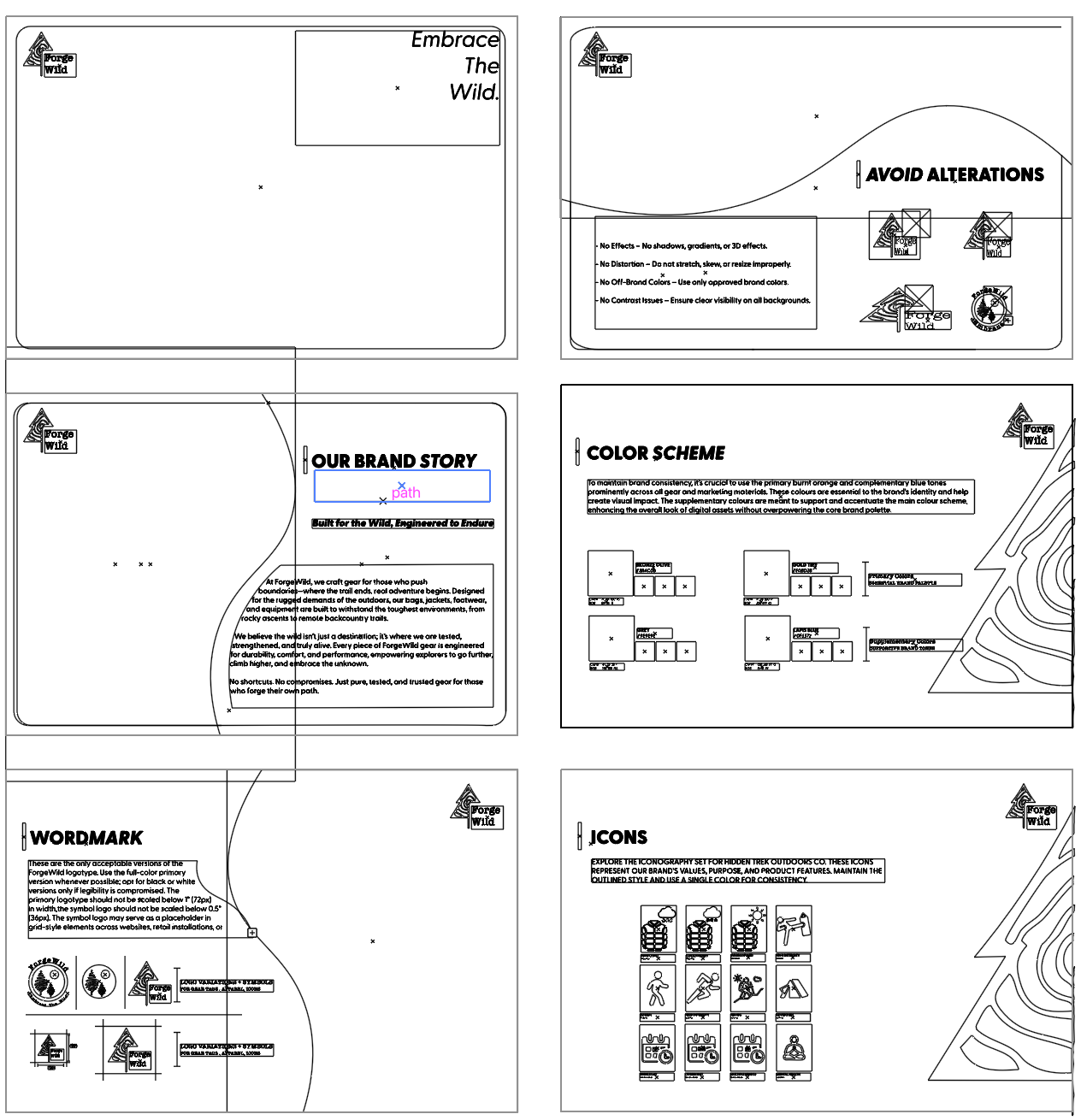
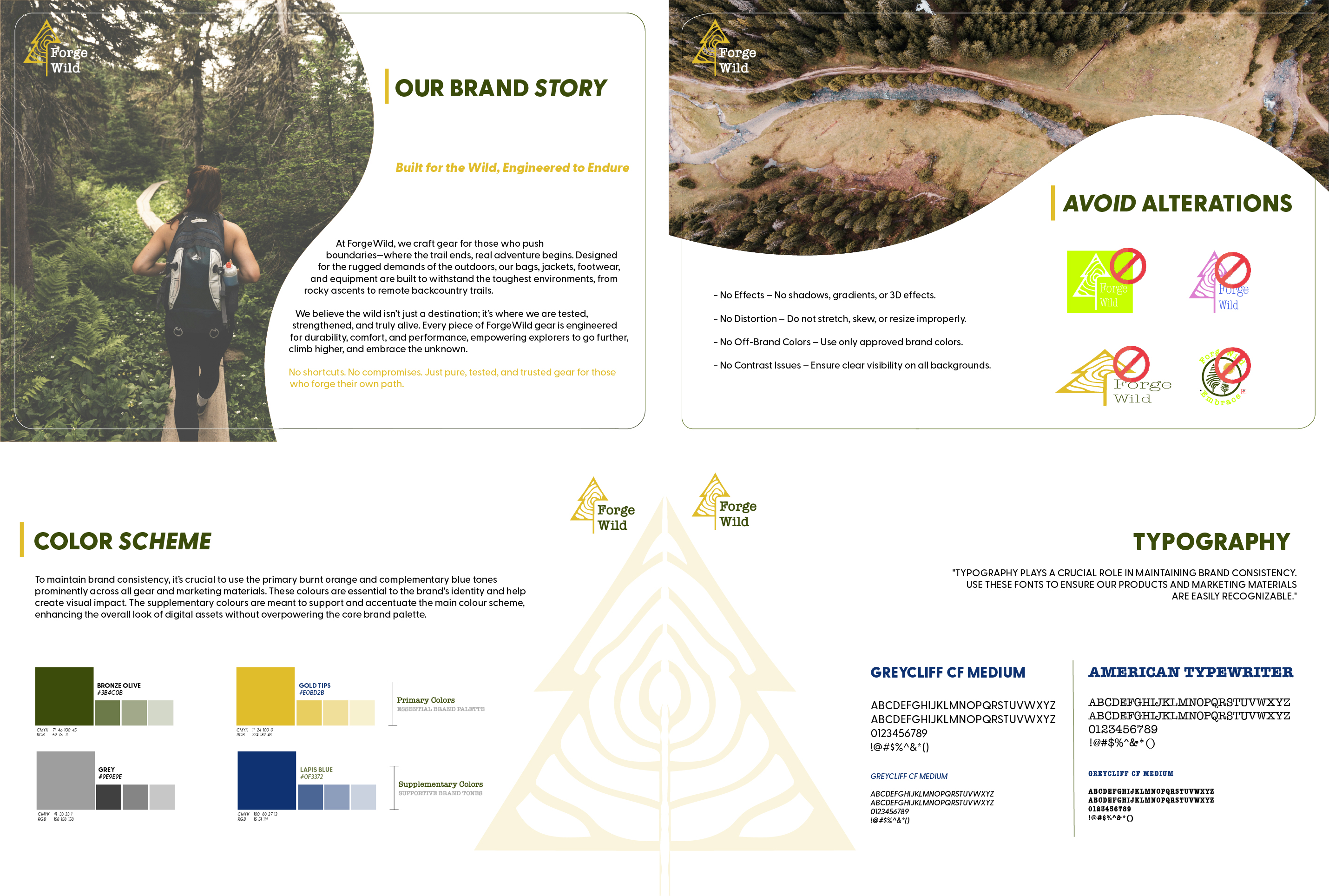
Creating the ForgeWild Gear Company Brand Book involved in-depth research and strategic design to align with the brand’s rugged identity. The process began with analyzing ForgeWild’s mission and target audience, ensuring the visuals and messaging resonated with outdoor enthusiasts. From there, key brand elements—logo, typography, color palette, and imagery—were carefully selected to reflect durability and adventure. Iterative refinement and feedback shaped a cohesive, polished brand book that reinforces ForgeWild’s presence in the outdoor gear market.
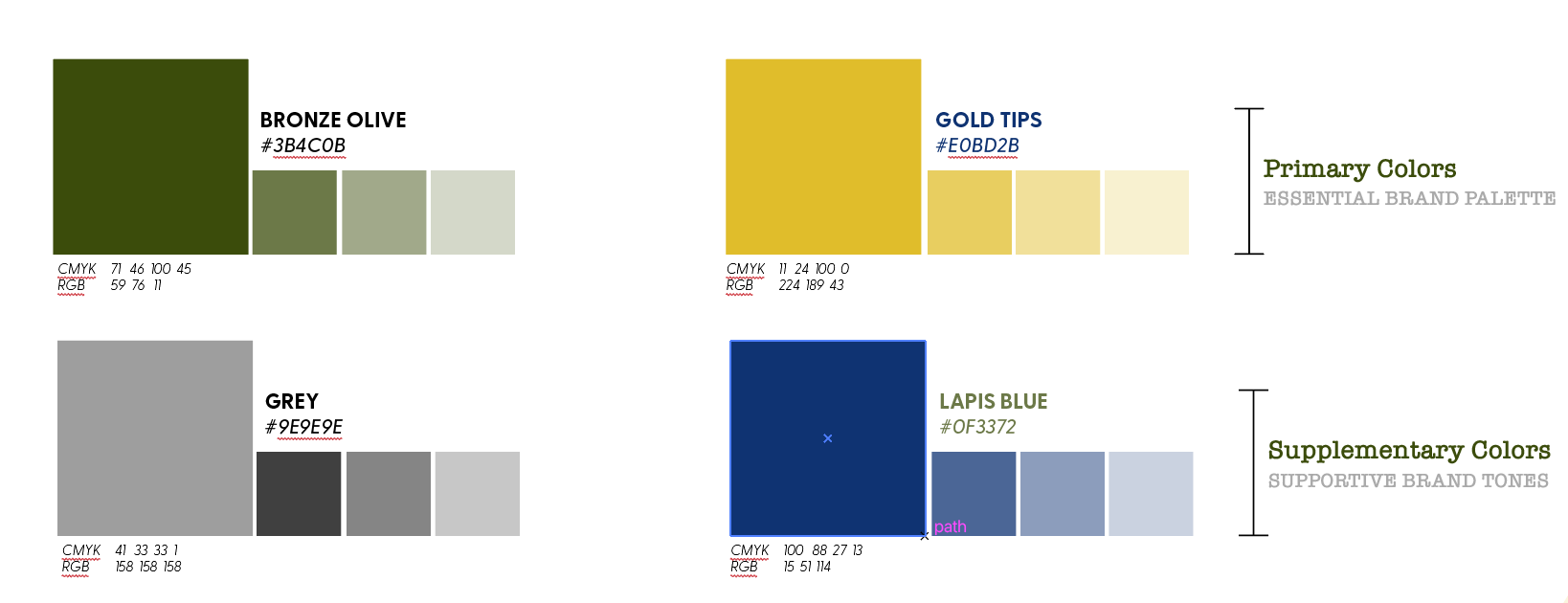
Deliverables
The final ForgeWild Gear Company Brand Book includes: Logo Suite – Primary, secondary, and icon variations Typography Guide – Selected fonts and usage guidelines Color Palette – Core and accent colors with HEX, RGB, and CMYK values Brand Voice & Messaging – Tone, tagline, and key brand statements Imagery & Photography Style – Visual direction for brand consistency Application Examples – Mockups of branding in real-world use cases

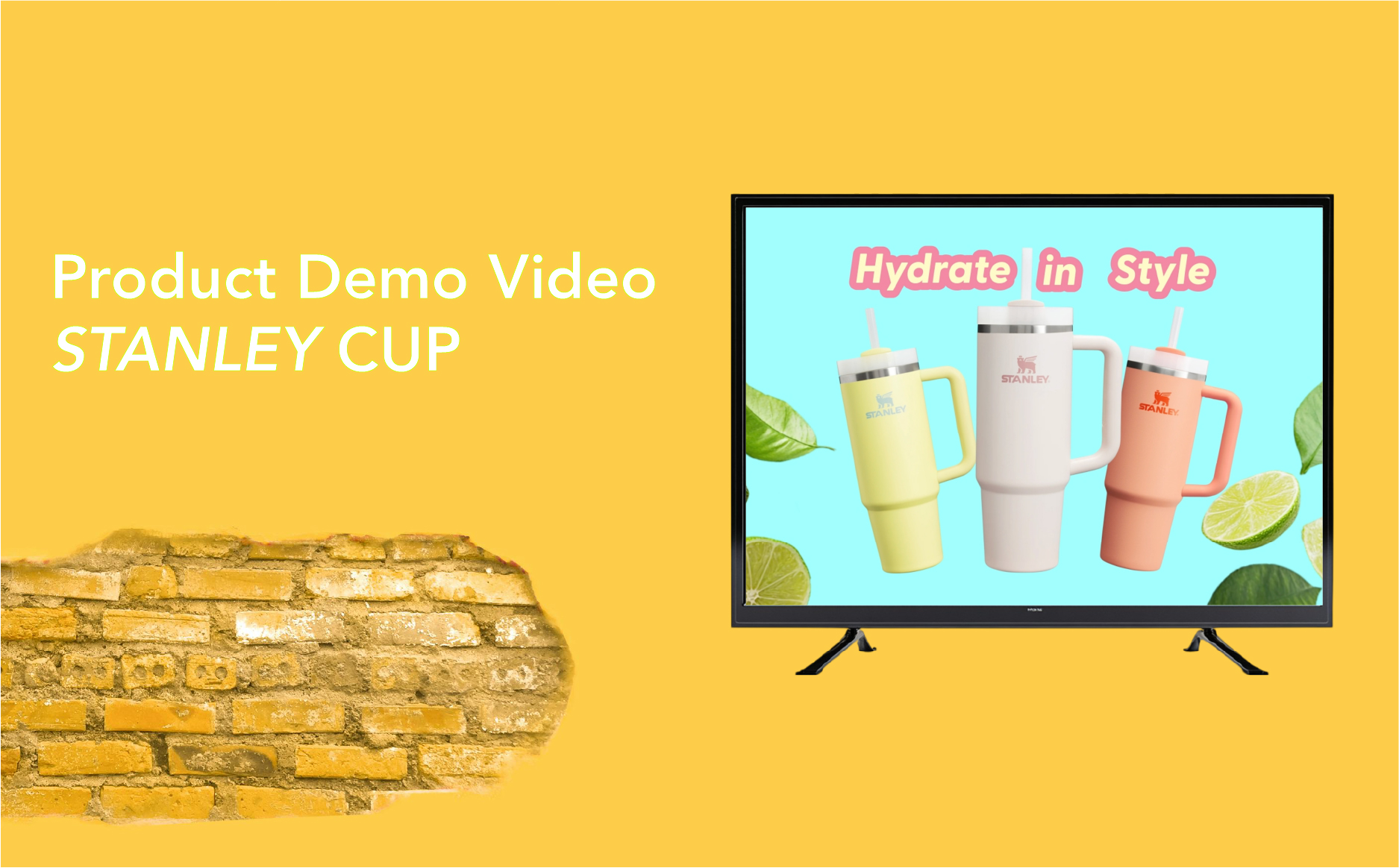
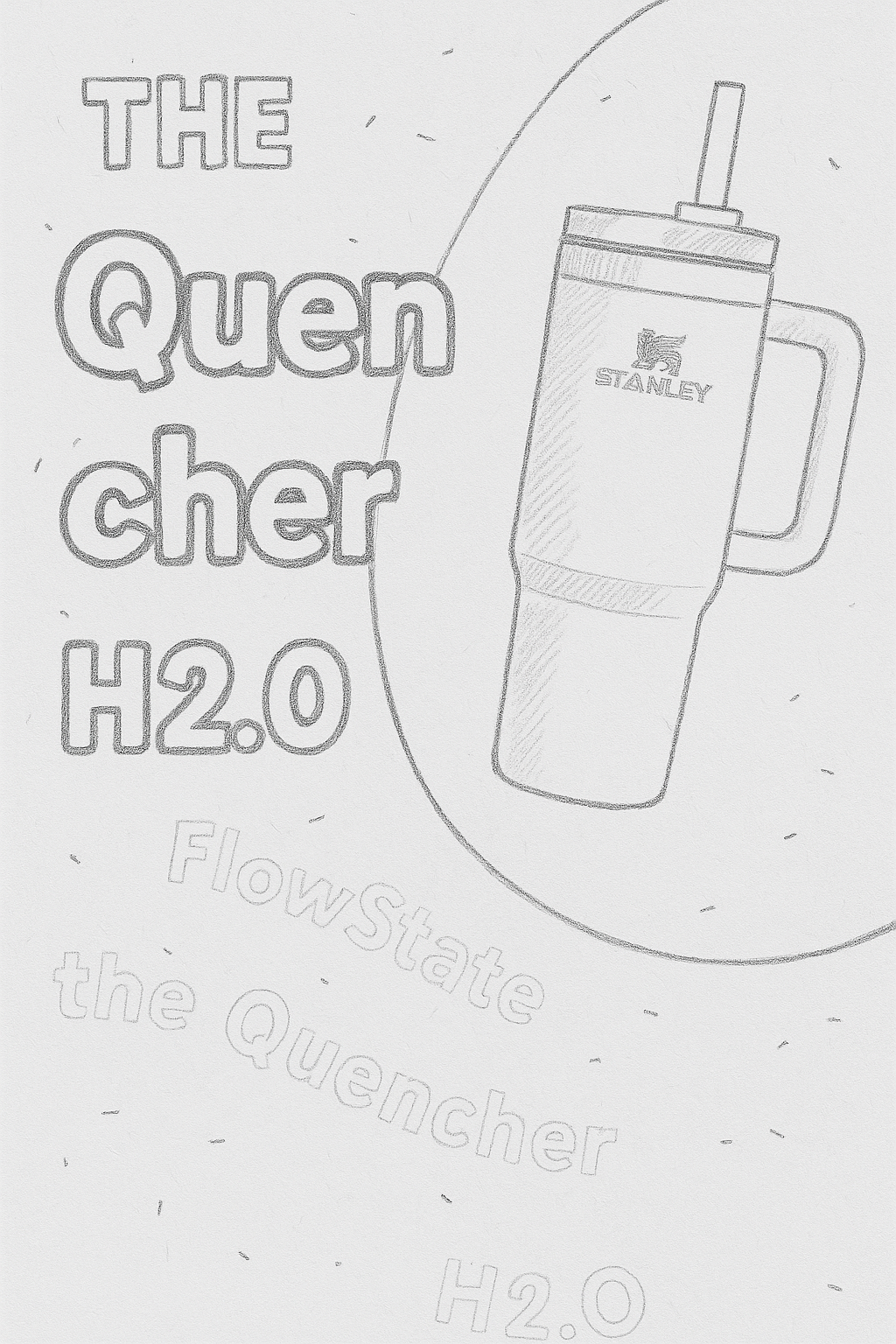
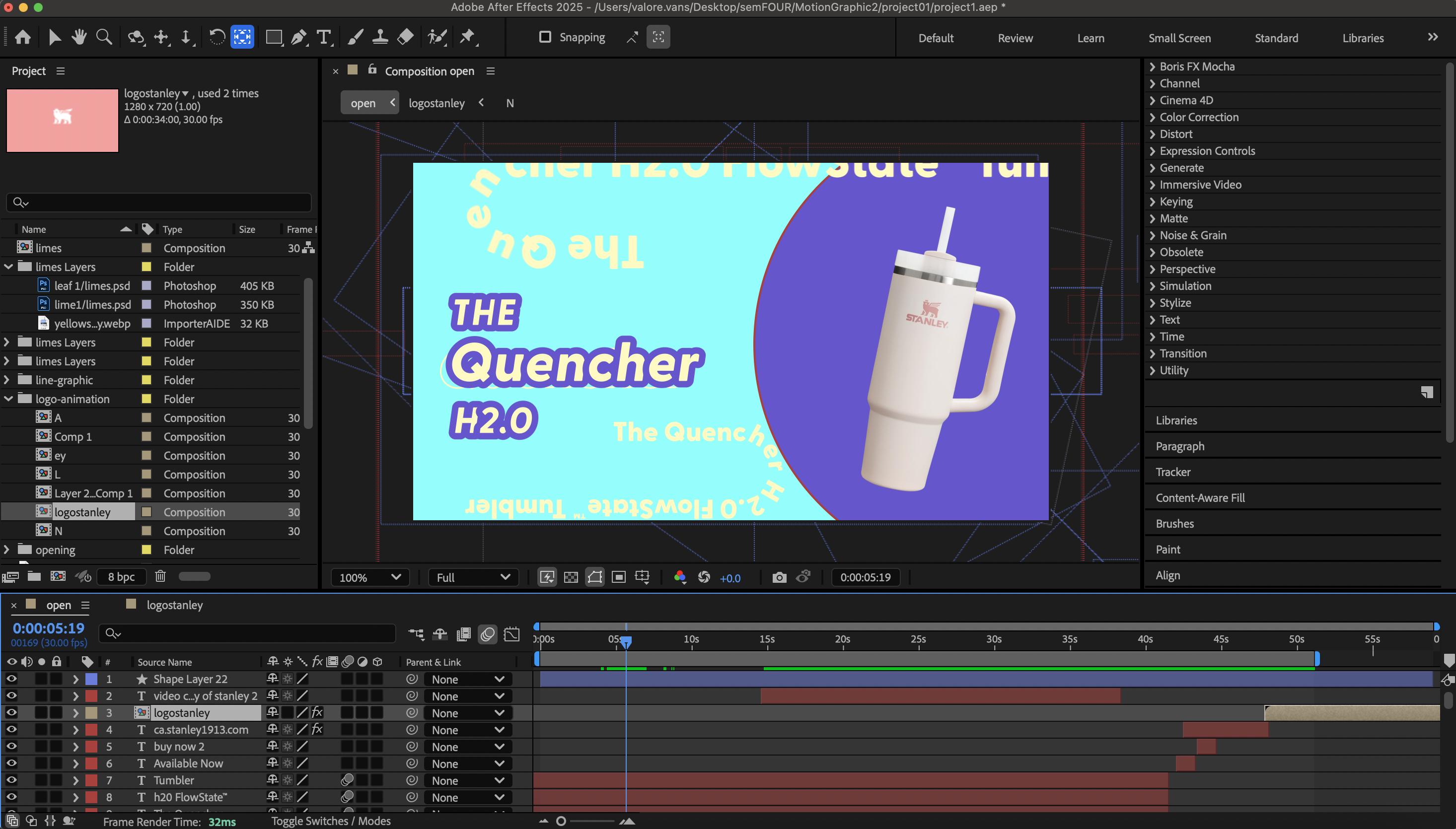
This project involved crafting an intuitive platform for browsing and booking dining experiences at three distinct restaurants, built with HTML, CSS, JavaScript, and jQuery. The app lets users easily explore restaurant options, view menus, place orders, and manage reservations—all within one interface. With a modern design approach, the app prioritizes smooth navigation, simple reservation handling, and direct communication with restaurants. The goal was to create a seamless and efficient solution that streamlines all user interactions—from browsing to booking—into one easy, enjoyable experience.
Deliverables
The final deliverables for the Stanley Tumbler Product Demo include: High-Quality Product Demo Video – A professionally edited motion graphics video showcasing the Stanley tumbler’s features, benefits, and design. Storyboard & Concept Breakdown – A structured visual guide detailing the animation flow and key messaging points. Motion Graphics Assets – Custom-designed elements such as transitions, text animations, and 3D renders used in the video. Video Formats & Optimizations – The final video is provided in multiple formats (MP4, MOV) for web, social media, and presentation use. Project Files – Editable After Effects (or relevant software) files, allowing future updates or modifications. Brand Integration – Ensuring consistency with Stanley’s branding through colors, typography, and style. Demo Presentation – A short presentation or pitch deck summarizing the video’s purpose, creative process, and final execution.

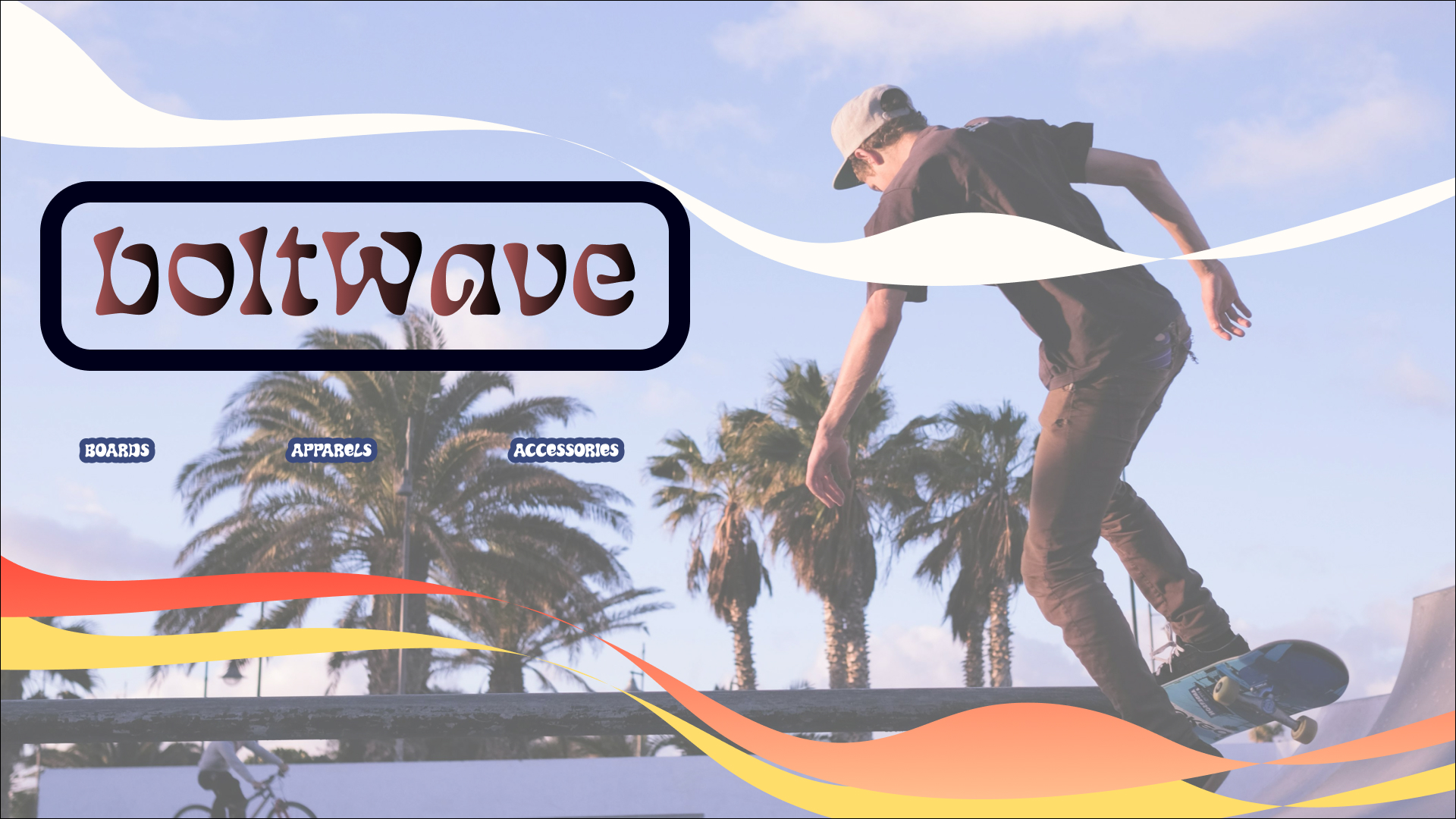
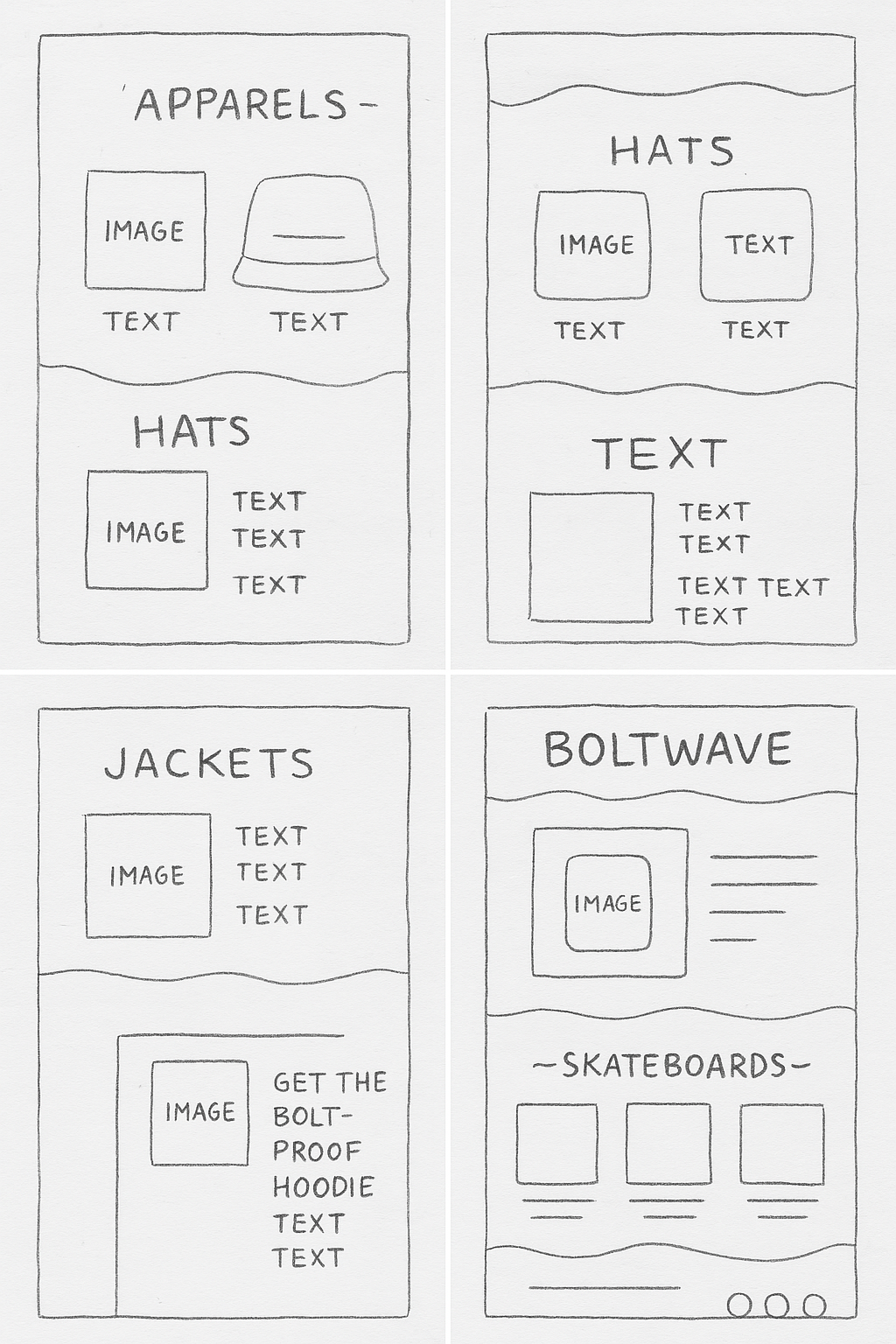
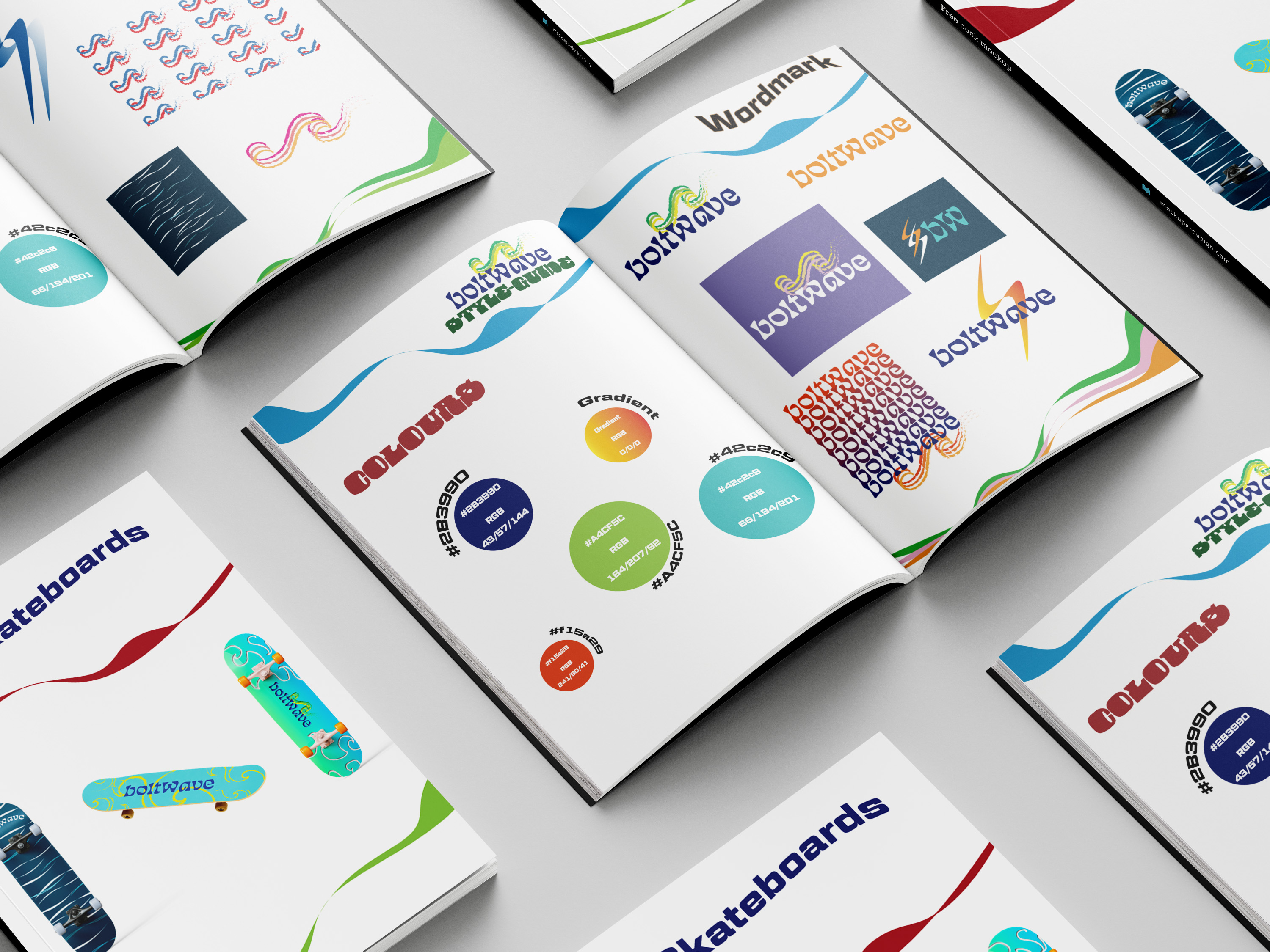
The Boltwave project started with research into extreme sports branding and cultural aesthetics. From there, a motif and wordmark were developed through multiple rounds of sketching and refinement. Once the core visual identity was solidified, board and apparel graphics were designed to echo the brand’s edgy, fast-paced vibe. The final phase involved creating a responsive Figma mockup, layering assets thoughtfully into a clean, user-friendly layout that tied the entire Boltwave brand together visually and interactively.
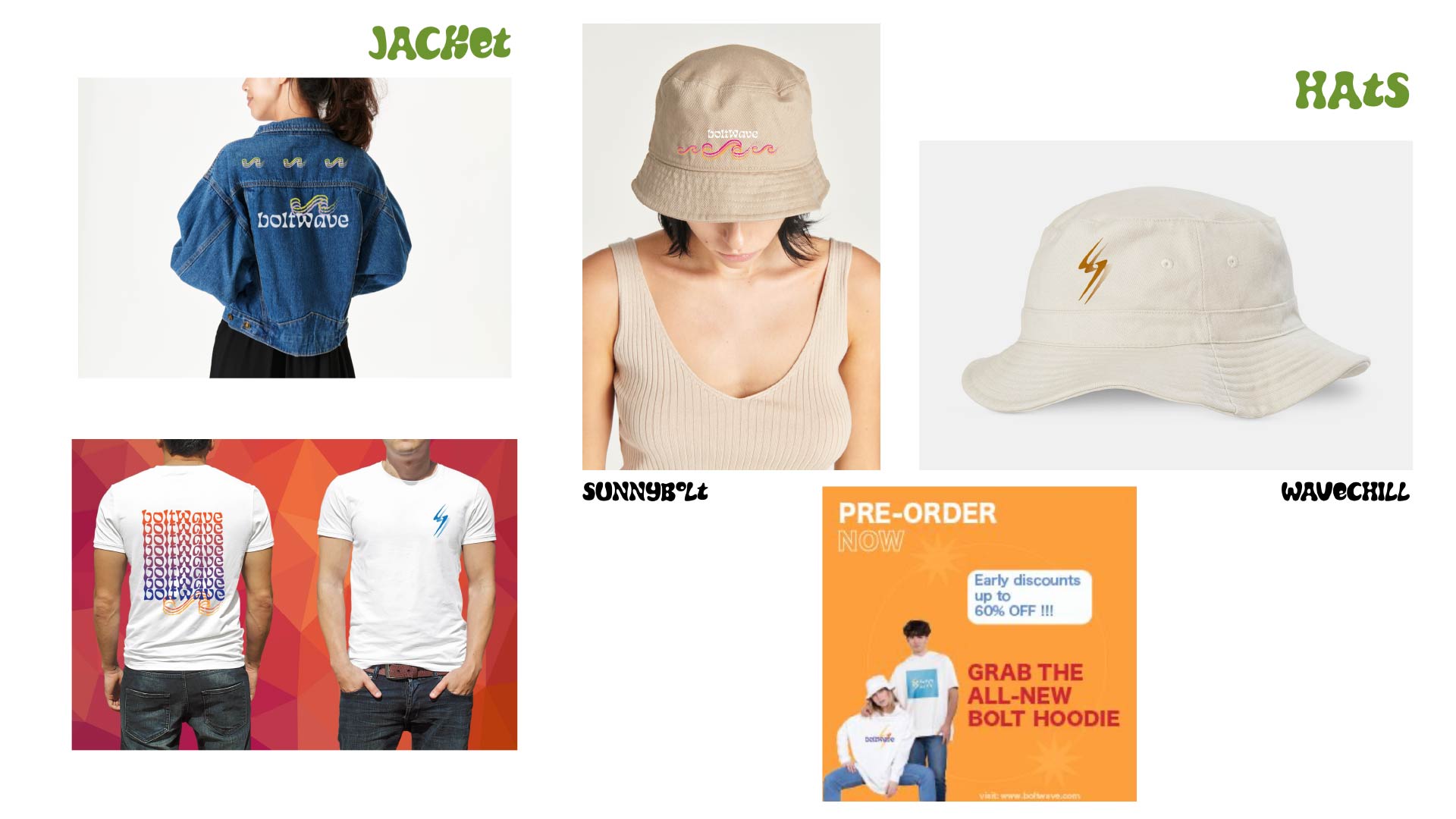
Deliverables & Challenges
The Boltwave branding package included a full style guide with color palettes, typography, motif samples, and multiple wordmark variations. Key assets consisted of three custom board designs, a range of apparel (jacket, hoodie, shirt, and two headwear items), and a 250x250px promotional ad banner. A major component was a responsive single-page Figma website mockup displaying all visuals with clean structure and consistent branding. One of the biggest challenges was maintaining creative originality while ensuring a cohesive brand feel across different formats. Staying away from copyrighted elements meant every visual had to be built from scratch. Aligning bold graphic assets with a functional digital layout also required strategic design decisions to balance style and usability.

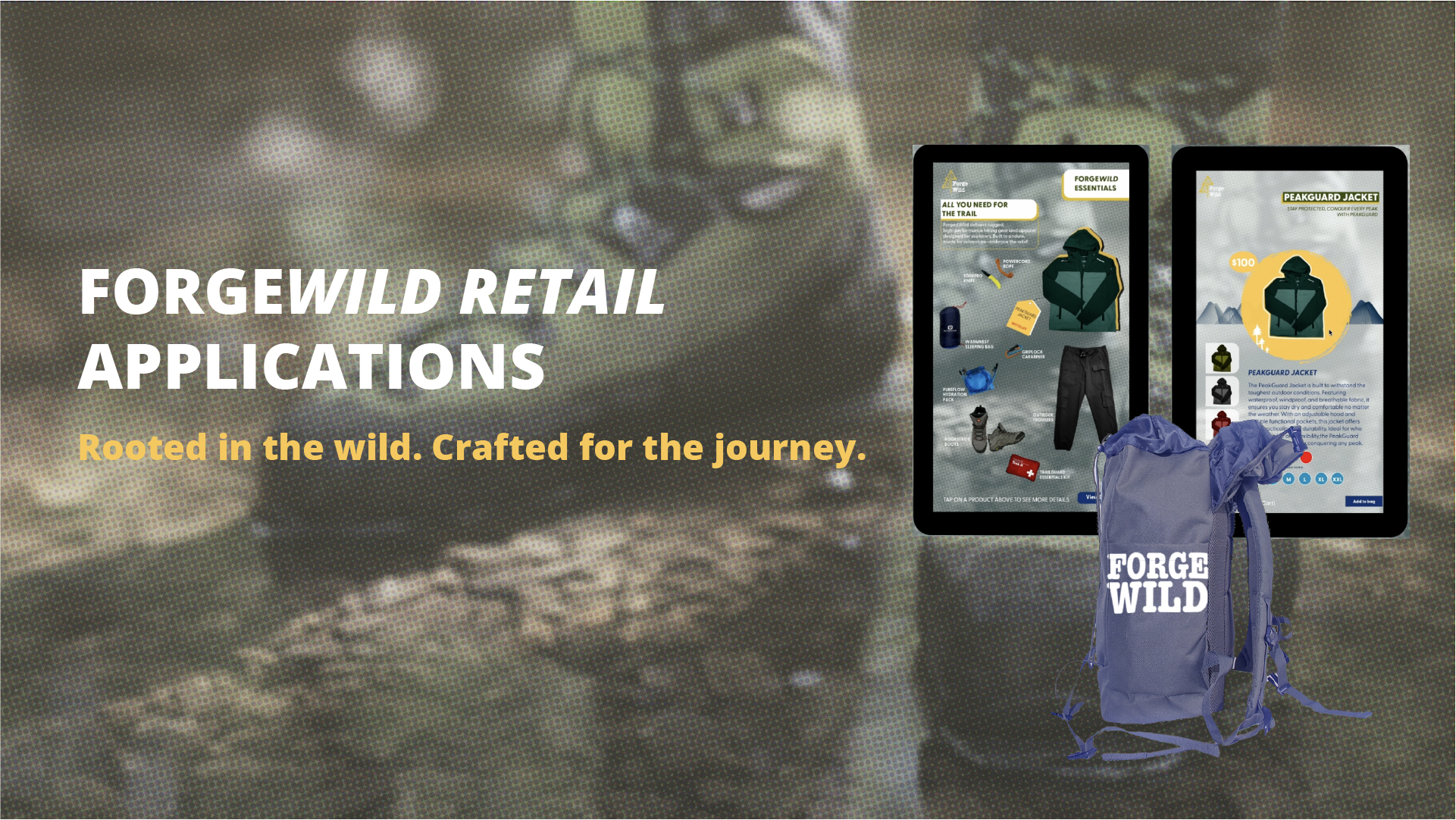
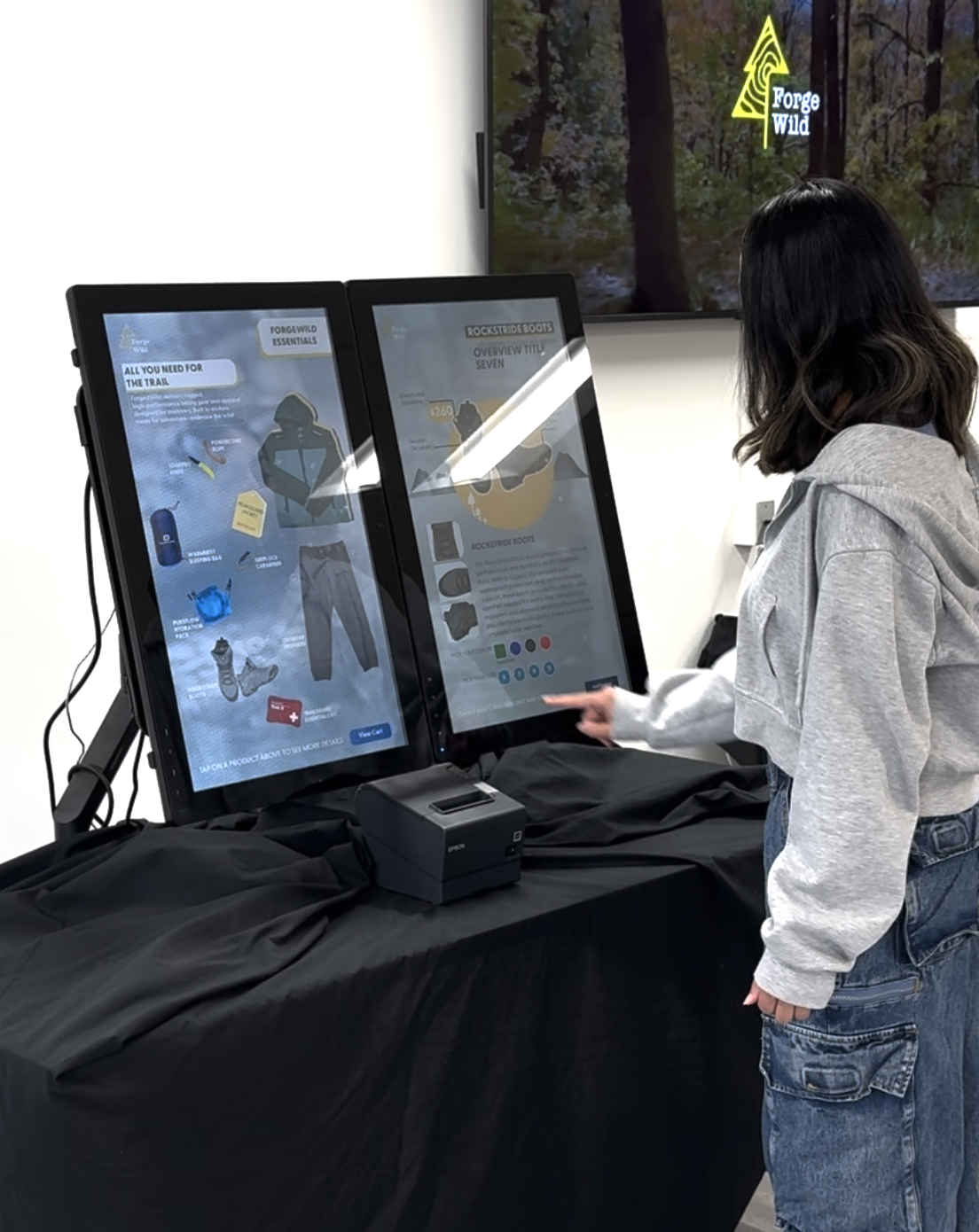
The build began by organizing assets and mapping user interactions across the two-screen environment. HTML, CSS, and JavaScript were modified within the given framework to structure the product catalogue, interactive selectors, and checkout interface. Motion graphics and branded screen recordings were developed in parallel, with attention to timing, call-to-action placement, and consistency across screens. Final integration involved setting up seamless screen transitions, ensuring videos looped properly, and testing print functionality. All code and assets were commented and formatted to meet submission standards and maintain scalability.
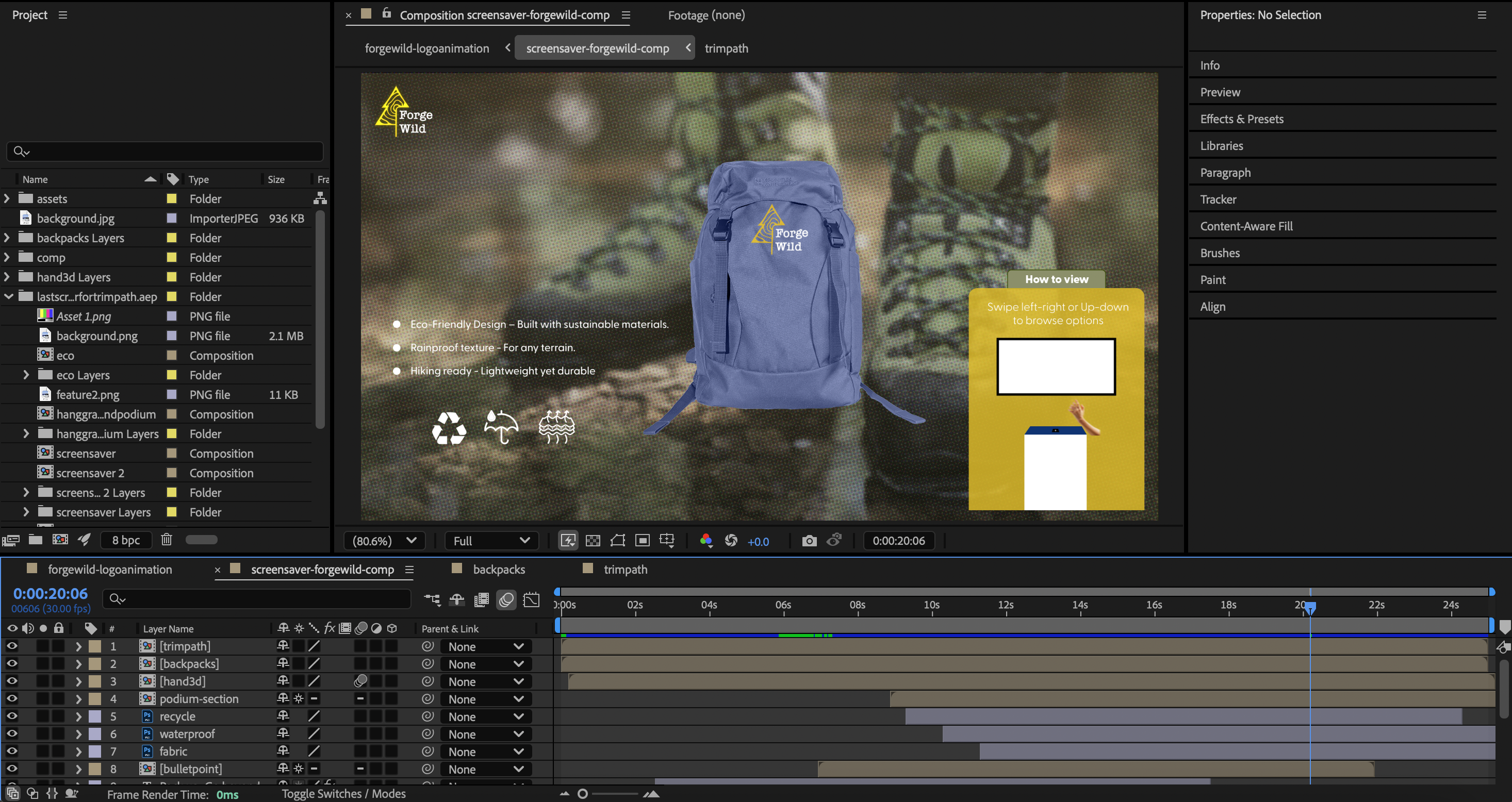
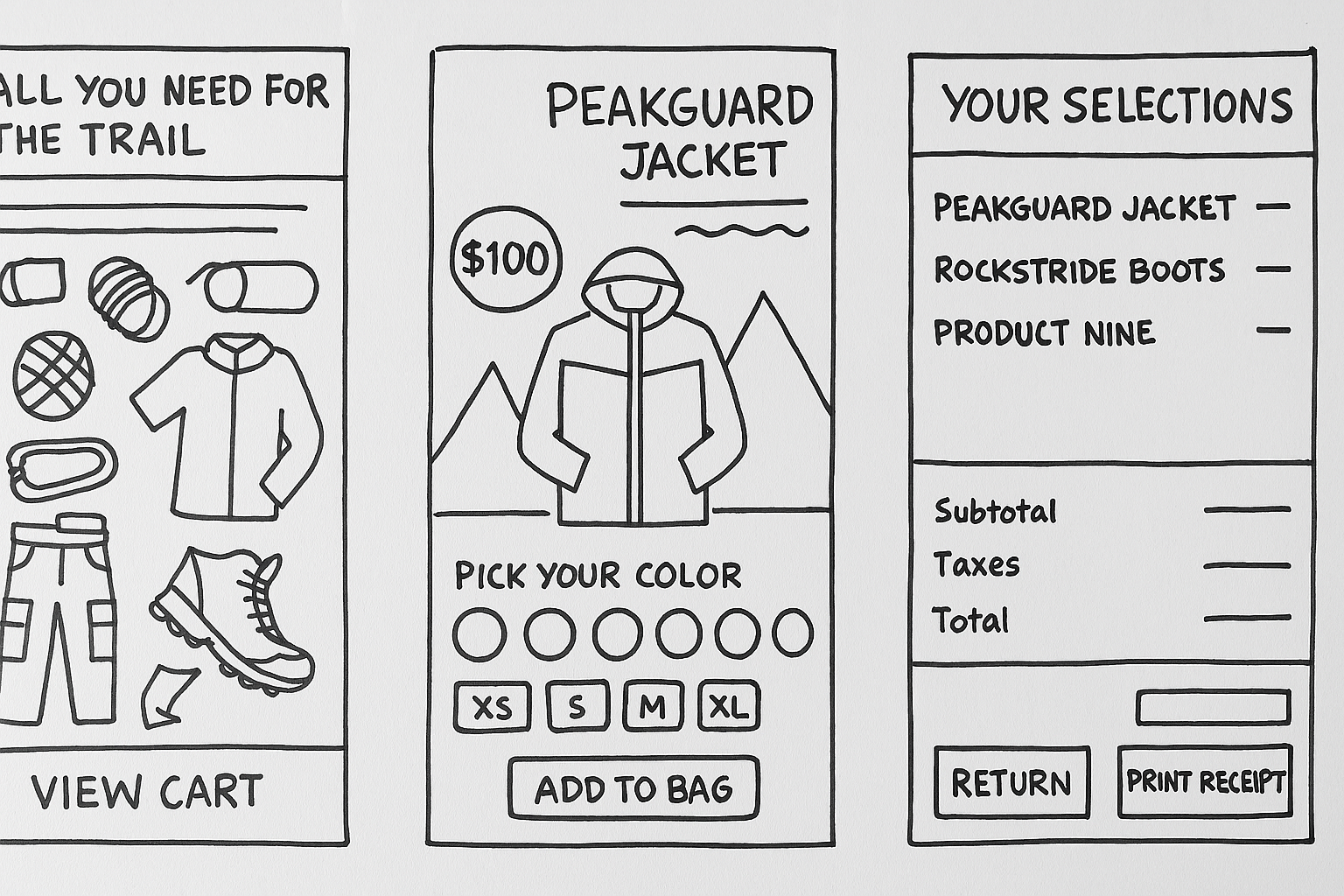
Objectives & Challenges
The main goal was to create a seamless, intuitive interface where users could browse product categories on one screen while interacting with a detailed product view and dynamic shopping cart on the second. A key challenge involved designing for two separate screens with unique but synchronized functionality—each with its own video screensaver, resolution requirements, and UI expectations. Creating responsive transitions, integrating product assets, and aligning motion graphics across both screens added layers of complexity that demanded attention to user flow and technical precision.
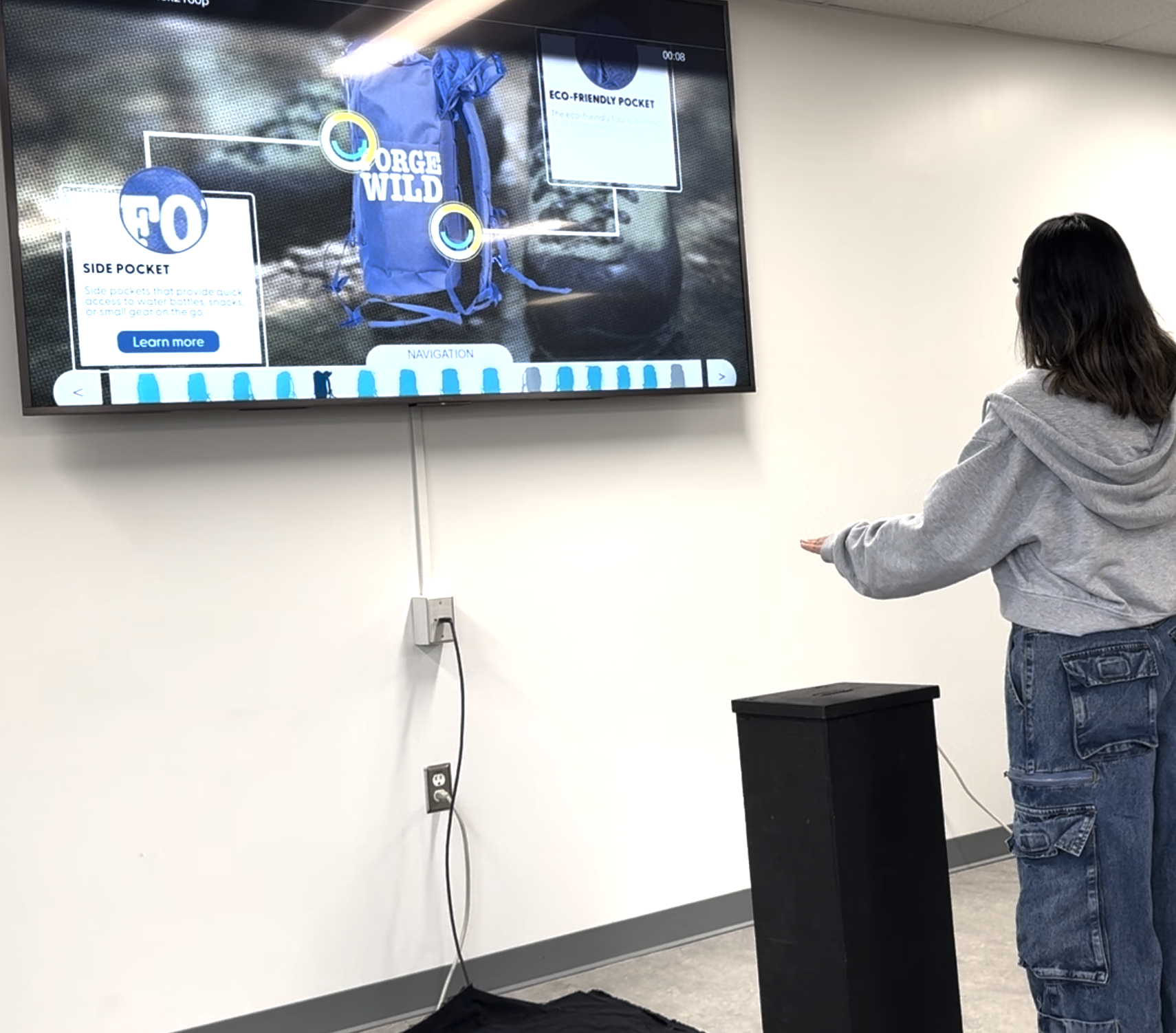
Objectives & Challenges
The goal was to create a touchless interactive experience that lets users view a backpack in full 360°, with video overlays at key angles highlighting product features. A major challenge was maintaining visual consistency across the 15-image sequence and integrating smooth, looped video overlays within a strict coding framework that limited customization to only editable variables.
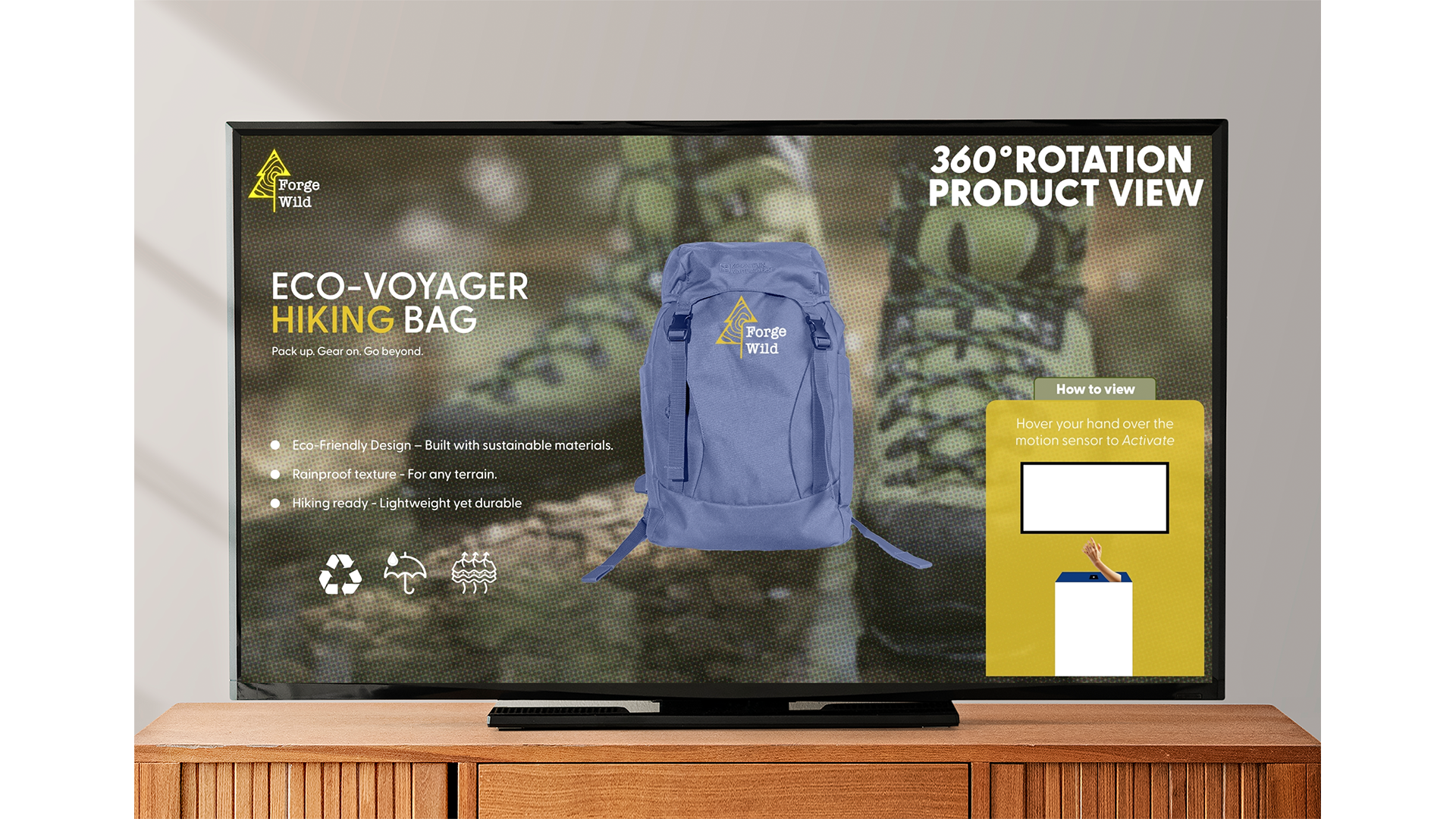

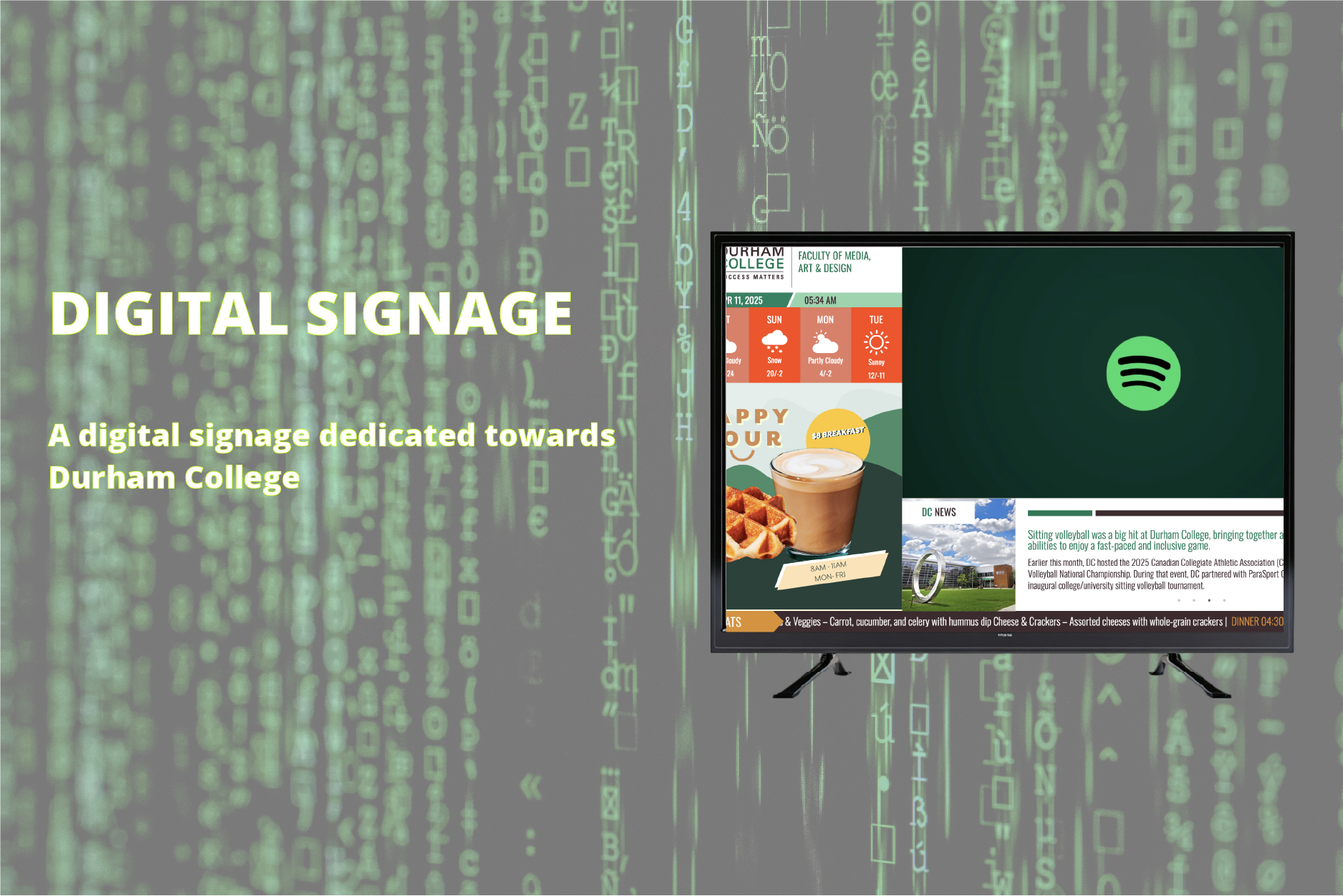
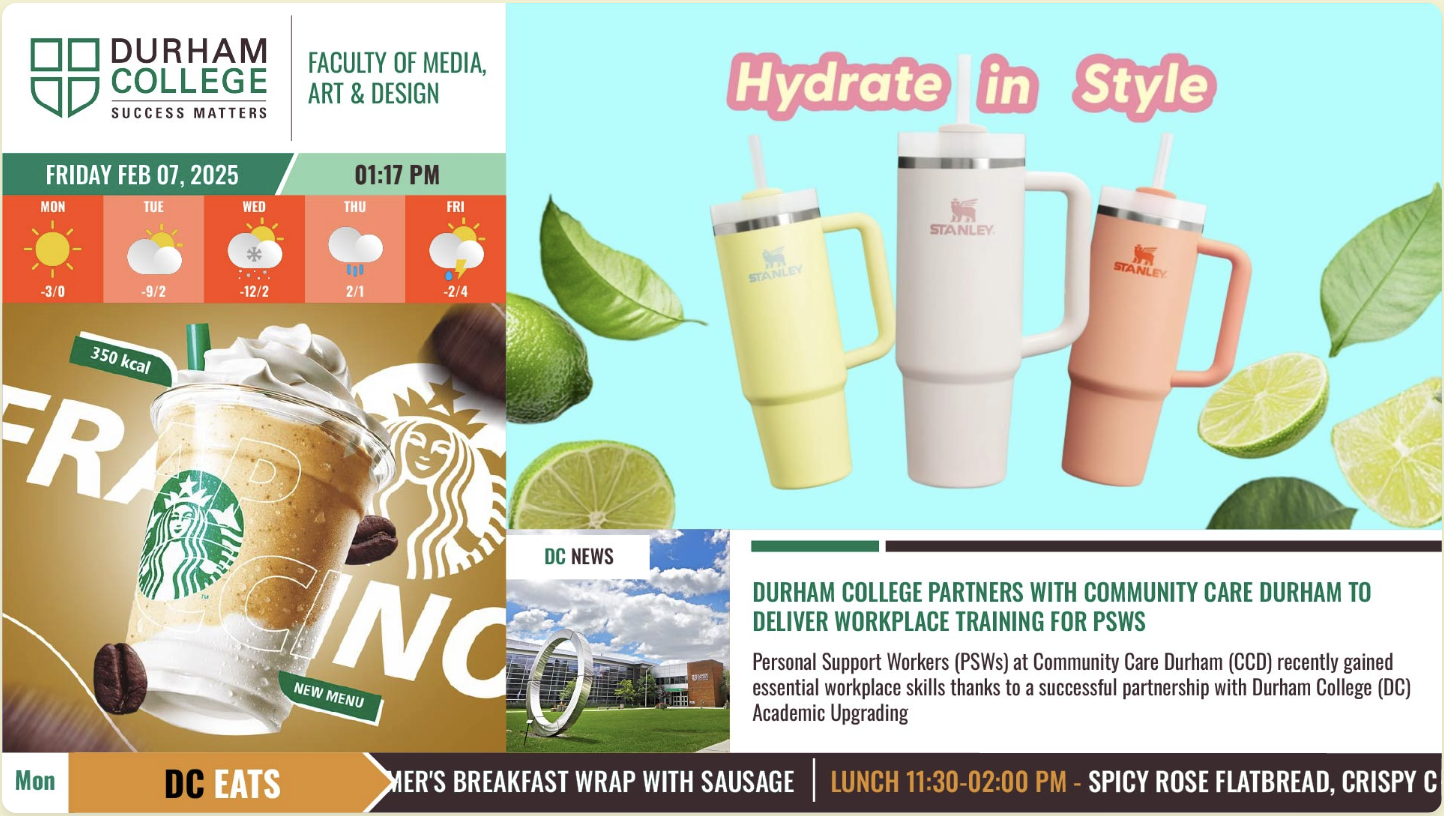
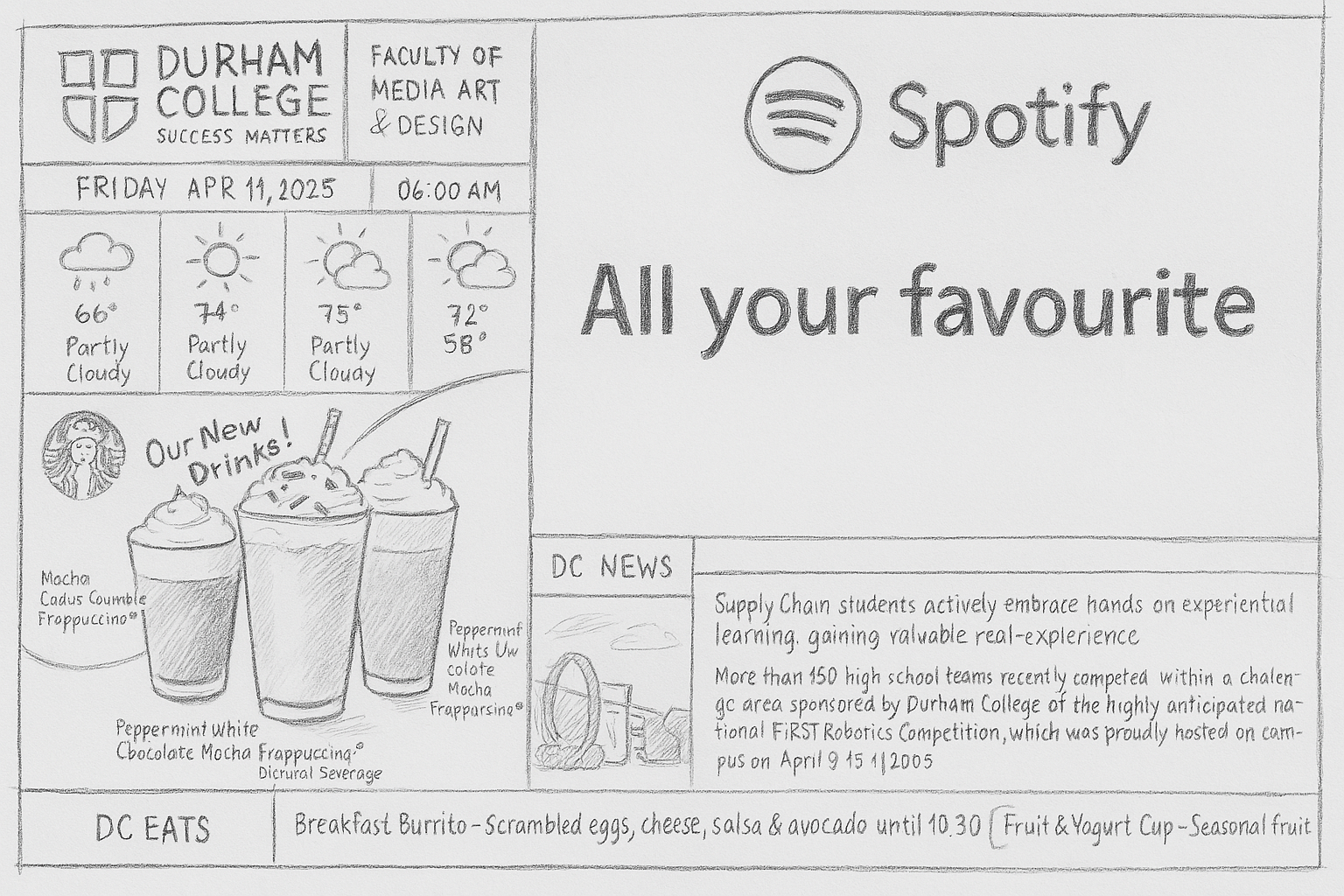
The project started with concept development and audience analysis to determine the content needs for each video. Motion graphics were storyboarded and animated to align with each brand’s tone—Spotify’s being bold and energetic, Odmines’ more modern and tech-focused, and Durham College’s PSA informative yet emotionally resonant.Once the animations were finalized, I structured the web interface using HTML for layout, CSS for styling and responsiveness, and JavaScript to control video playback logic, transitions, and timing. The digital signage cycles through the three videos seamlessly, using timed intervals or interactive triggers (if needed) to ensure an engaging and continuous experience. Responsive design principles were applied to ensure compatibility with different screen sizes and resolutions.
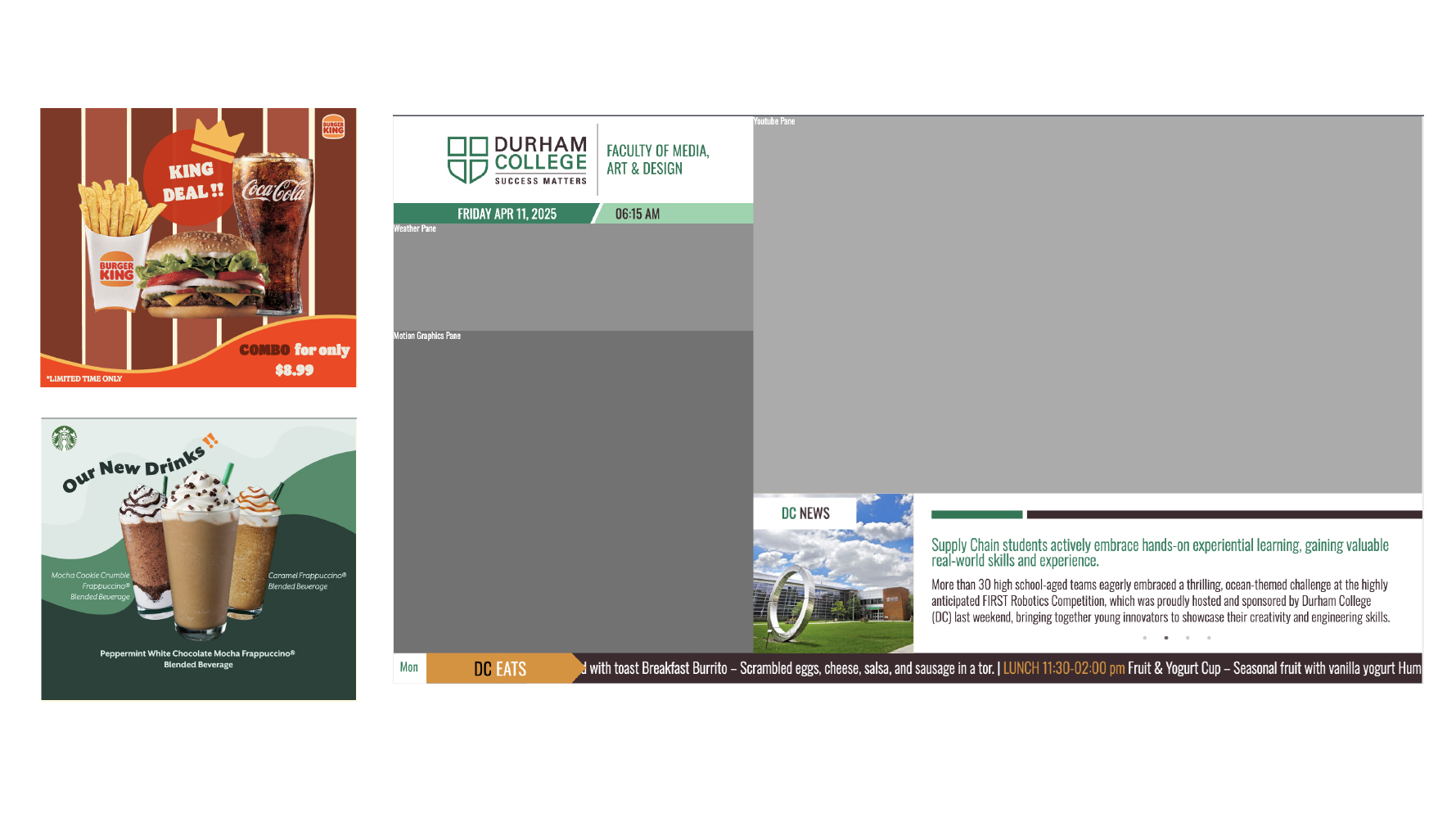
Deliverables
The final deliverables for this digital signage project included a fully functional, responsive web application built with HTML, CSS, and JavaScript, capable of seamlessly cycling through three custom motion graphic videos. Each video—tailored for Spotify, Odmines, and a Durham College PSA—was designed and rendered specifically for digital display environments. The project also included optimized video playback logic, responsive layout adjustments for various screen sizes, and all necessary project files packaged and ready for deployment. Together, these deliverables form a complete and scalable digital signage solution suitable for both commercial and institutional use.

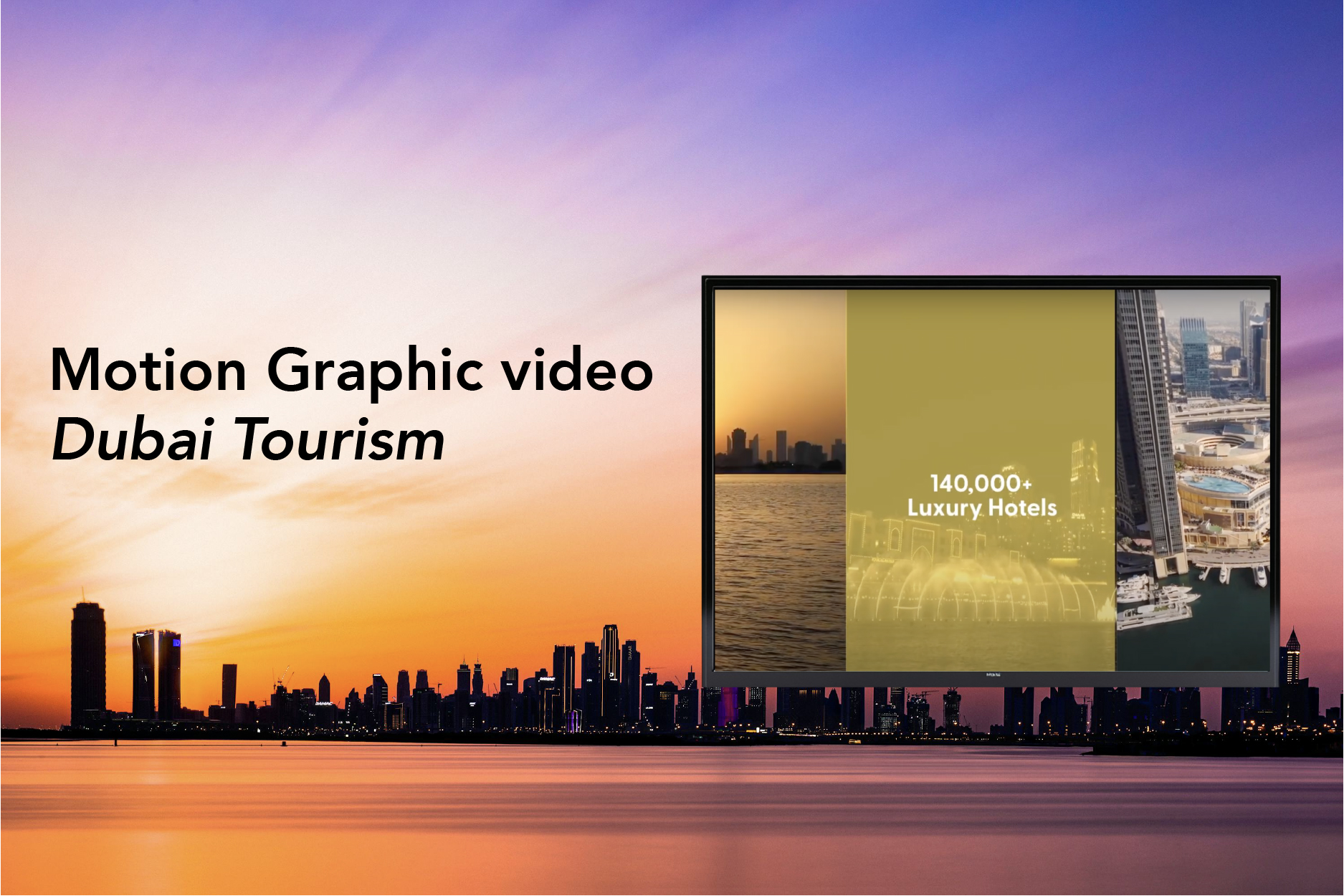
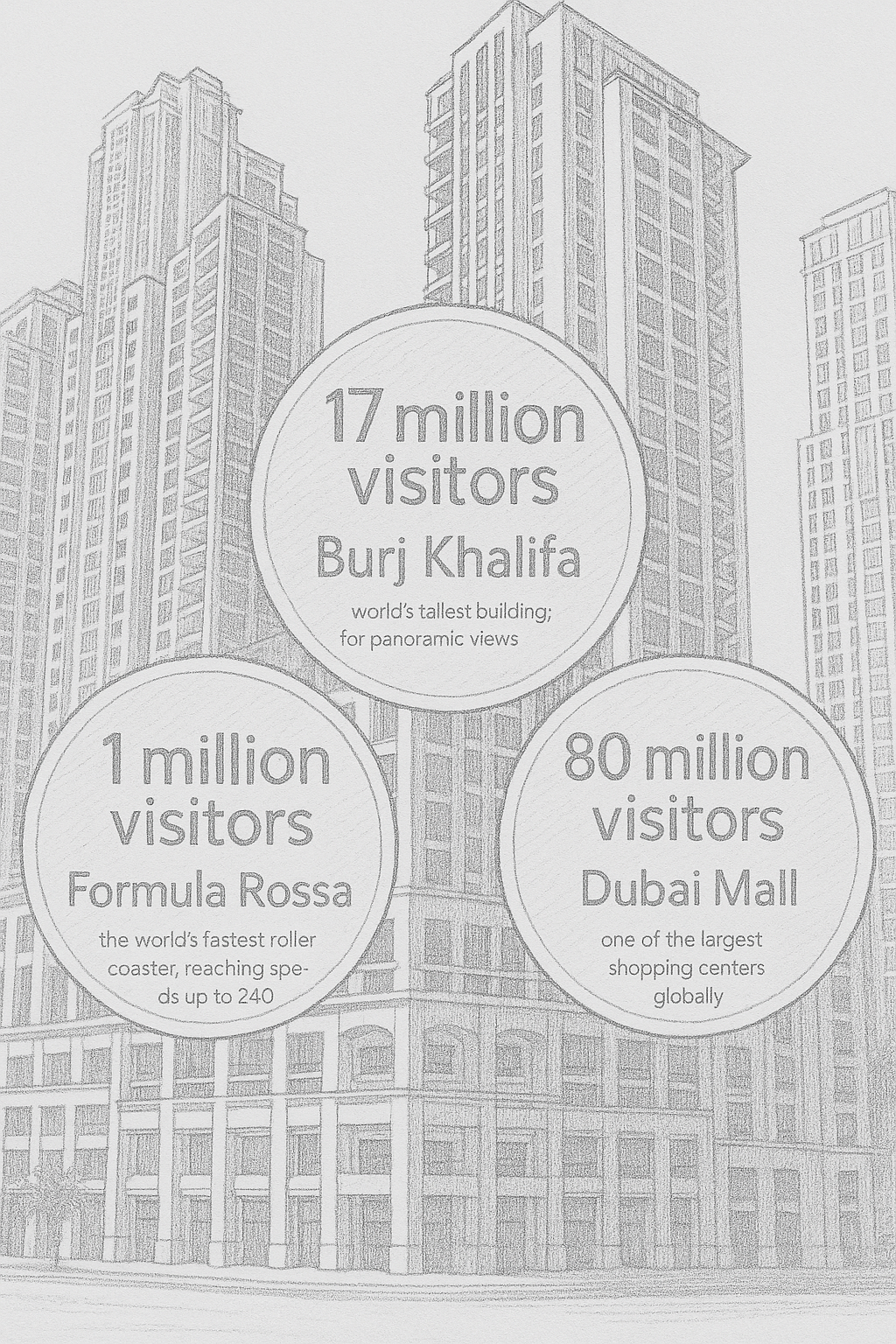
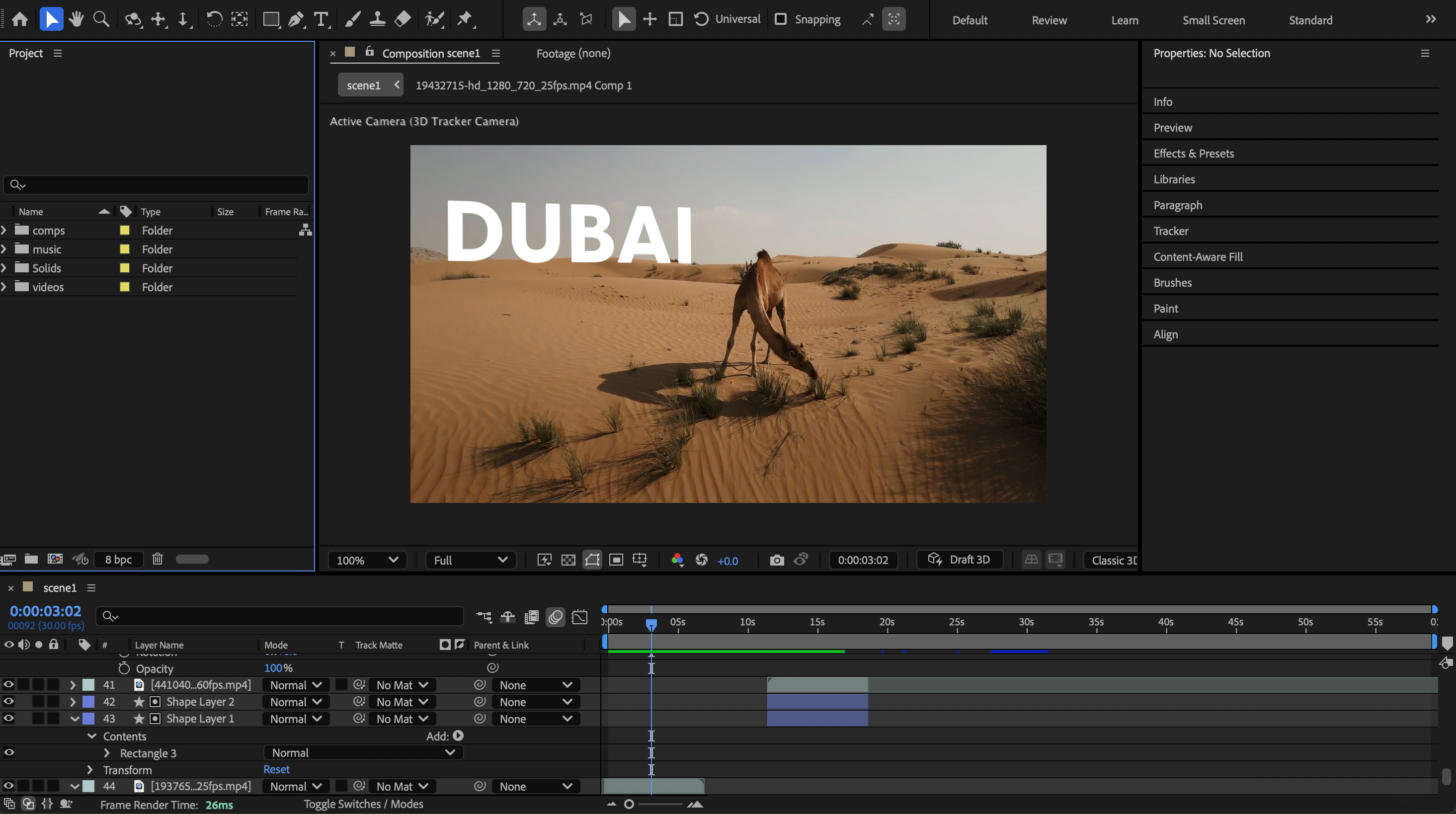
This project involved crafting an intuitive platform for browsing and booking dining experiences at three distinct restaurants, built with HTML, CSS, JavaScript, and jQuery. The app lets users easily explore restaurant options, view menus, place orders, and manage reservations—all within one interface. With a modern design approach, the app prioritizes smooth navigation, simple reservation handling, and direct communication with restaurants. The goal was to create a seamless and efficient solution that streamlines all user interactions—from browsing to booking—into one easy, enjoyable experience.

Deliverables
The final deliverables for this project included a fully rendered motion graphics video in HD format, showcasing key tourism highlights of Dubai. Designed and animated in After Effects, the video features engaging transitions, animated icons, and infographic-style visuals. Additional assets delivered included the project file for future edits, exported versions optimized for web and social media, and a thumbnail preview image for sharing or showcasing.

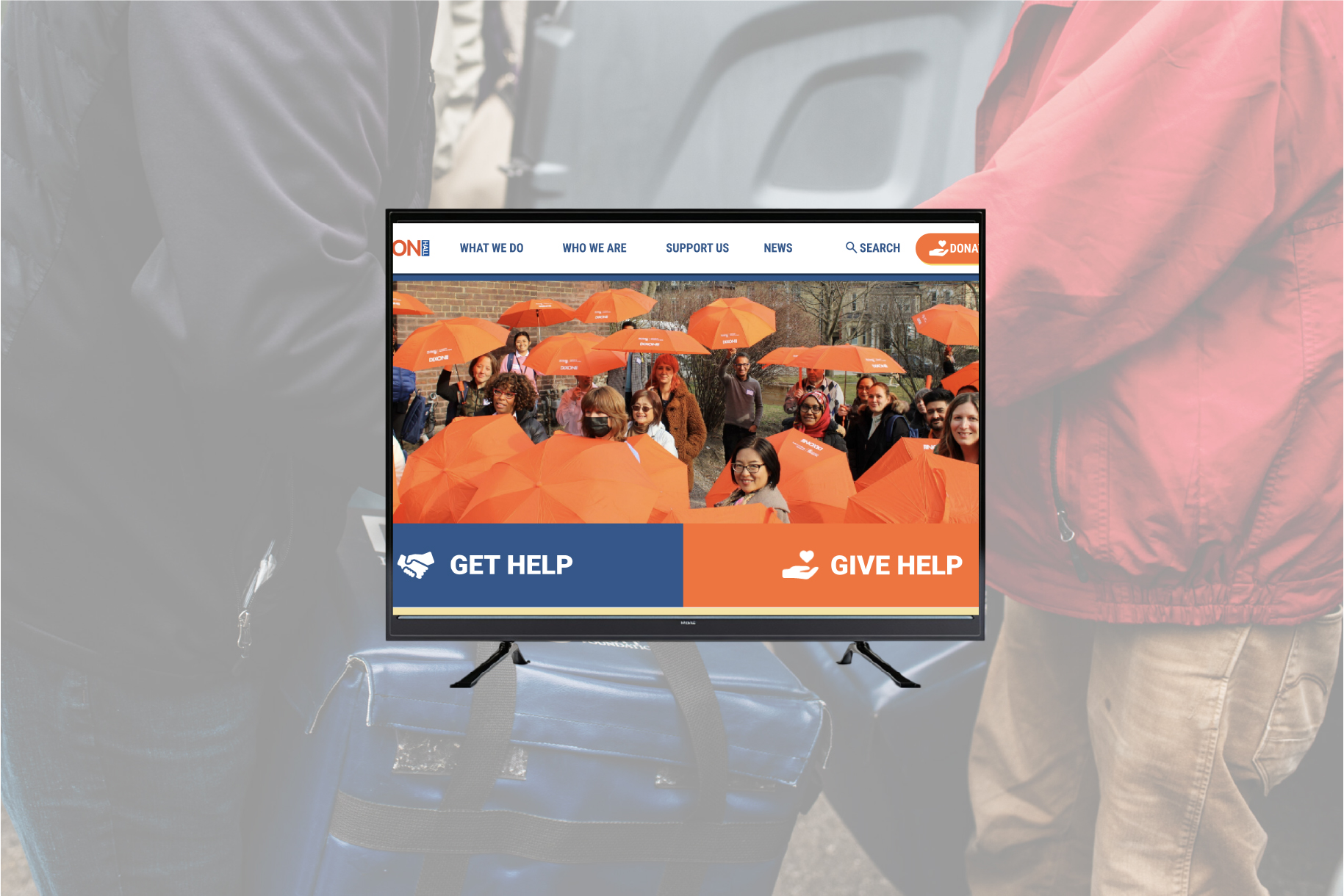
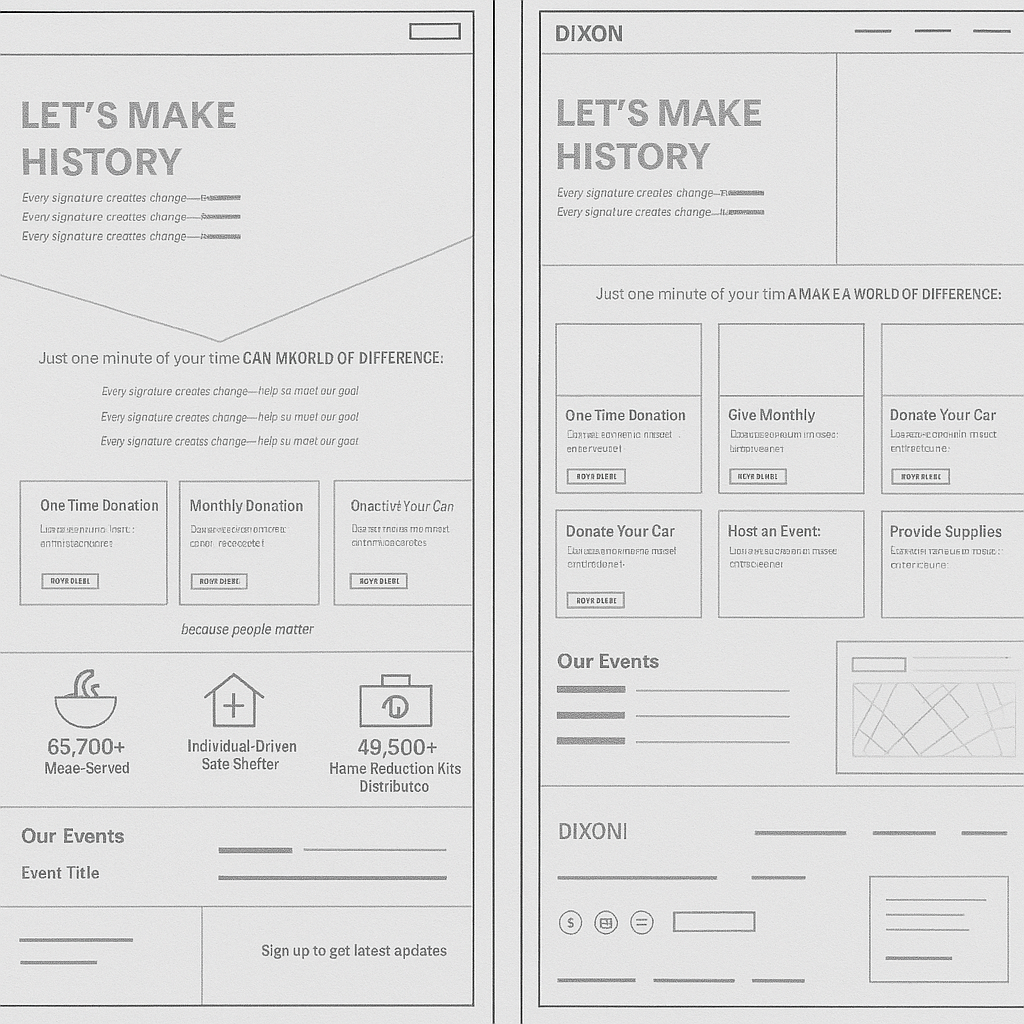
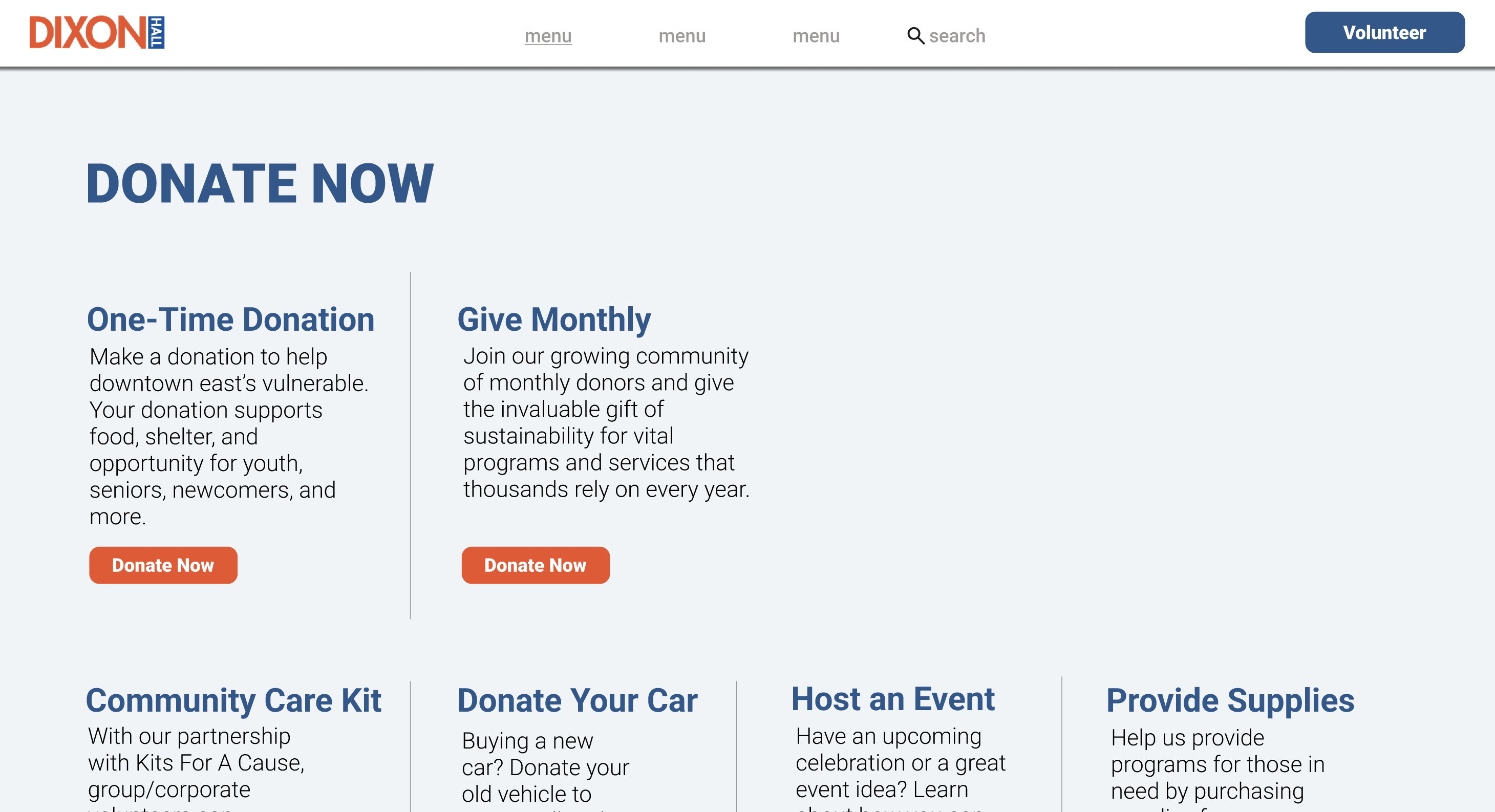
Balancing Feedback: Incorporating diverse feedback from both the research team and the client while staying aligned with the project goals. Design Consistency: Ensuring visual coherence across multiple design options while still offering variety. Time Management: Coordinating between research and design phases within tight timelines. Client Expectations: Translating abstract client preferences into concrete, functional design options they could easily evaluate.
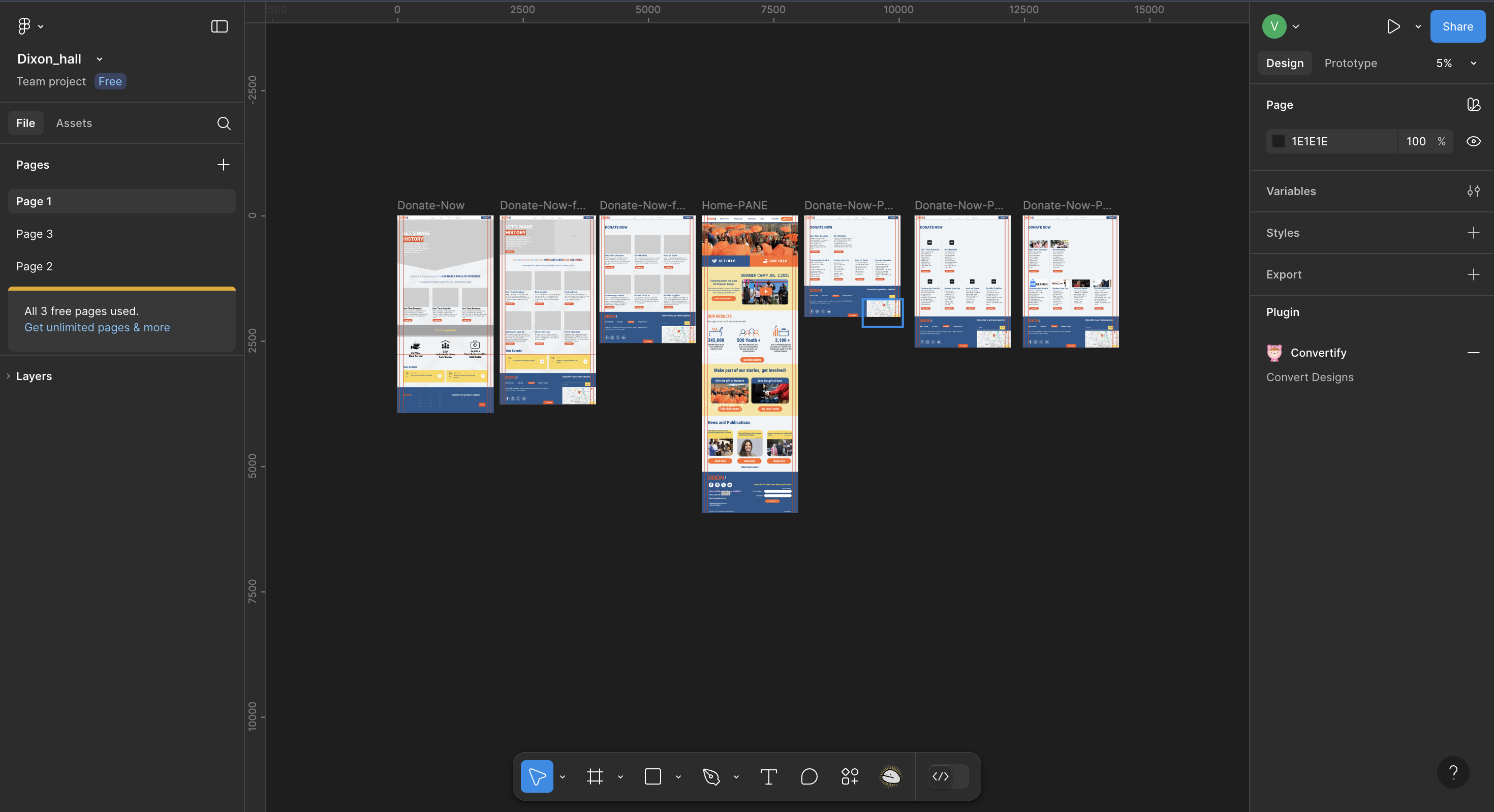
Deliverables
Multiple high-fidelity donation page mockups designed in Figma Interactive prototypes showcasing different user flows A design presentation summarizing user research insights and rationale behind design choices Client-ready Figma links for review and feedback Style guide elements including color palette, typography, and button states for consistency

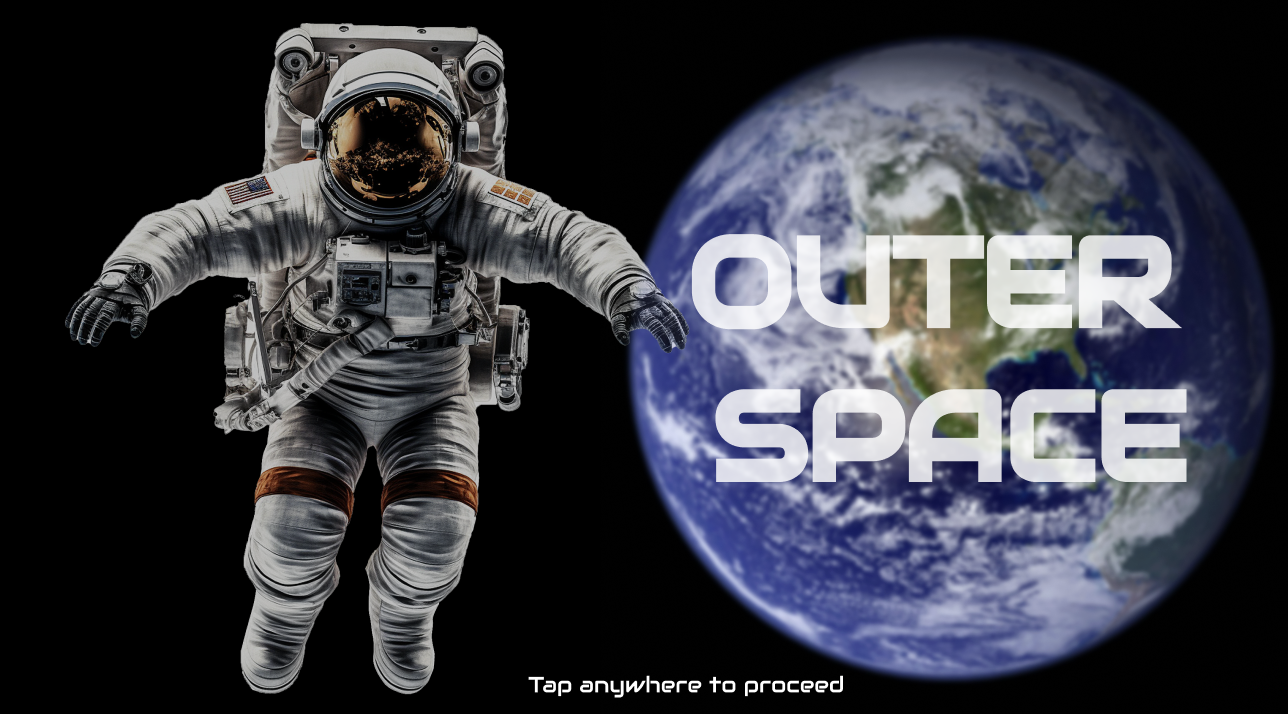


Balancing Feedback: Incorporating diverse feedback from both the research team and the client while staying aligned with the project goals. Design Consistency: Ensuring visual coherence across multiple design options while still offering variety. Time Management: Coordinating between research and design phases within tight timelines. Client Expectations: Translating abstract client preferences into concrete, functional design options they could easily evaluate.

Deliverables
Multiple high-fidelity donation page mockups designed in Figma Interactive prototypes showcasing different user flows A design presentation summarizing user research insights and rationale behind design choices Client-ready Figma links for review and feedback Style guide elements including color palette, typography, and button states for consistency
